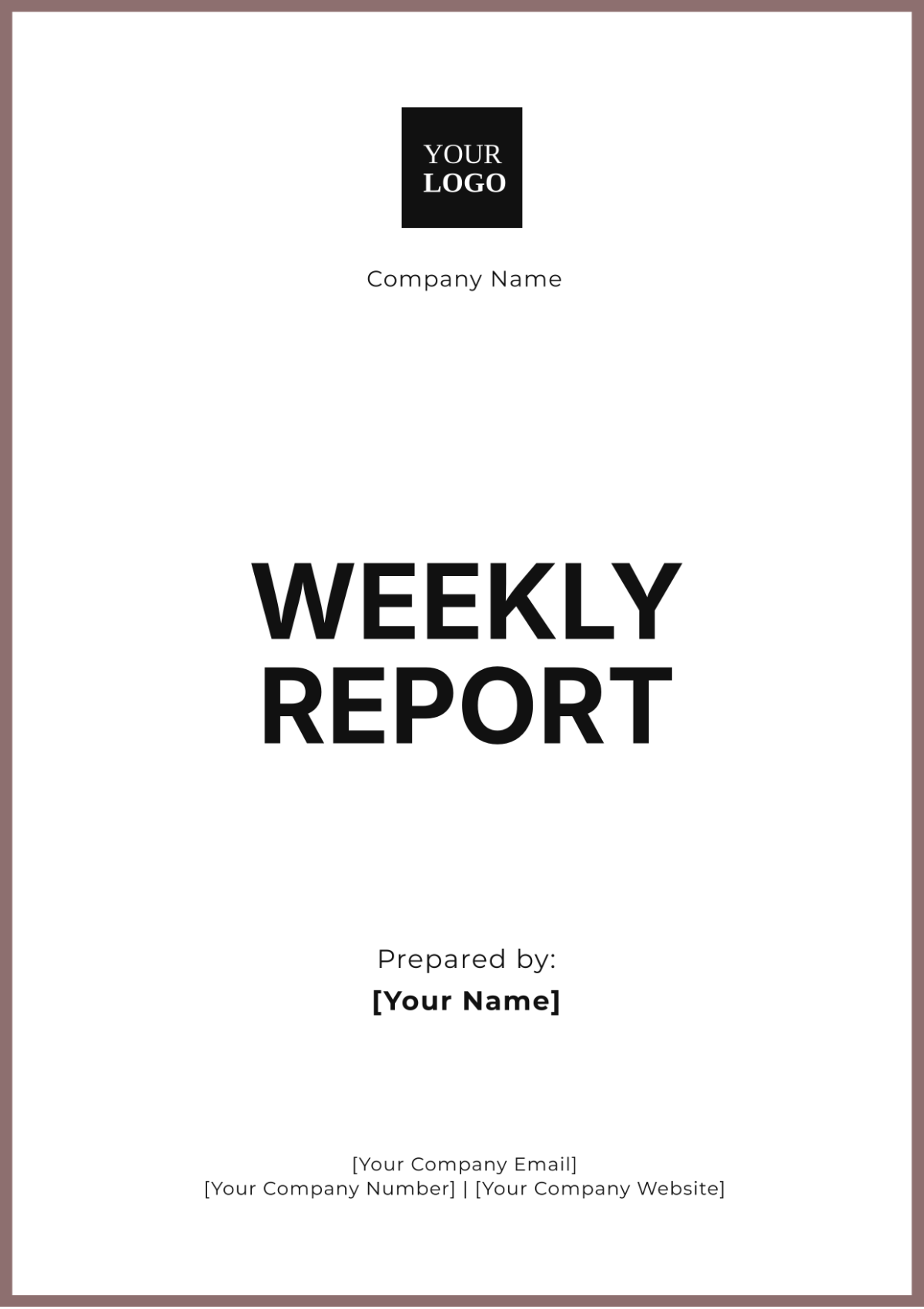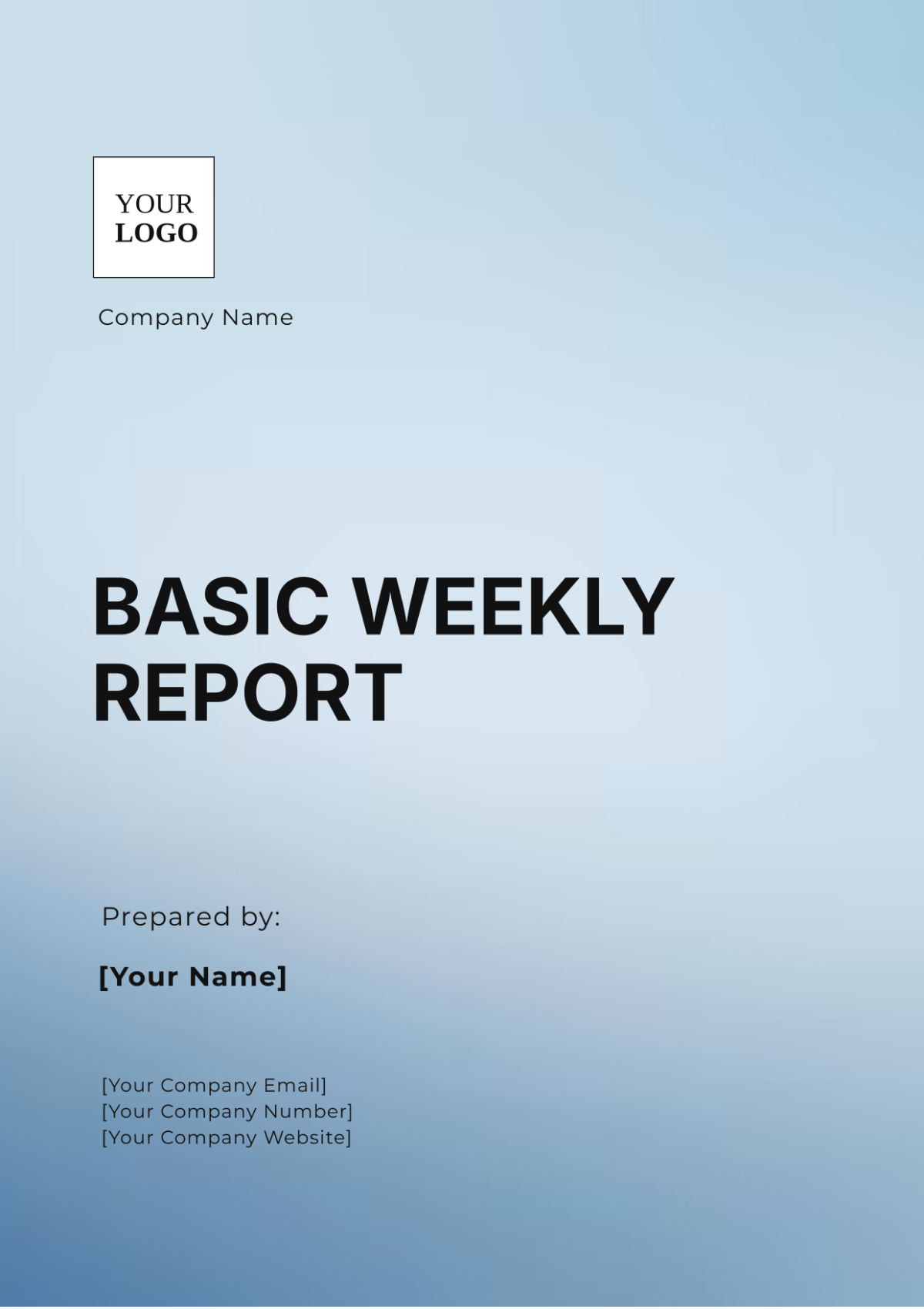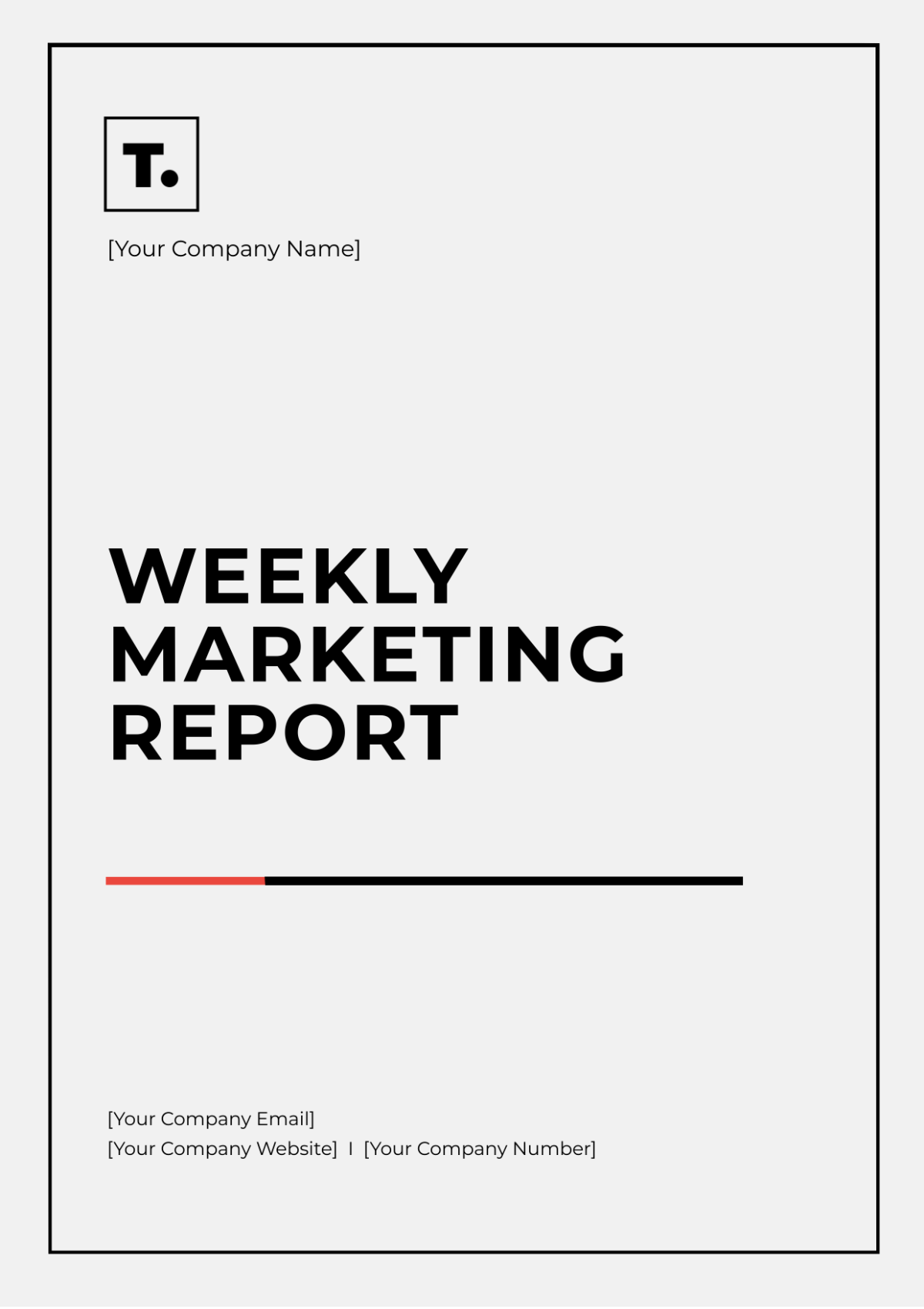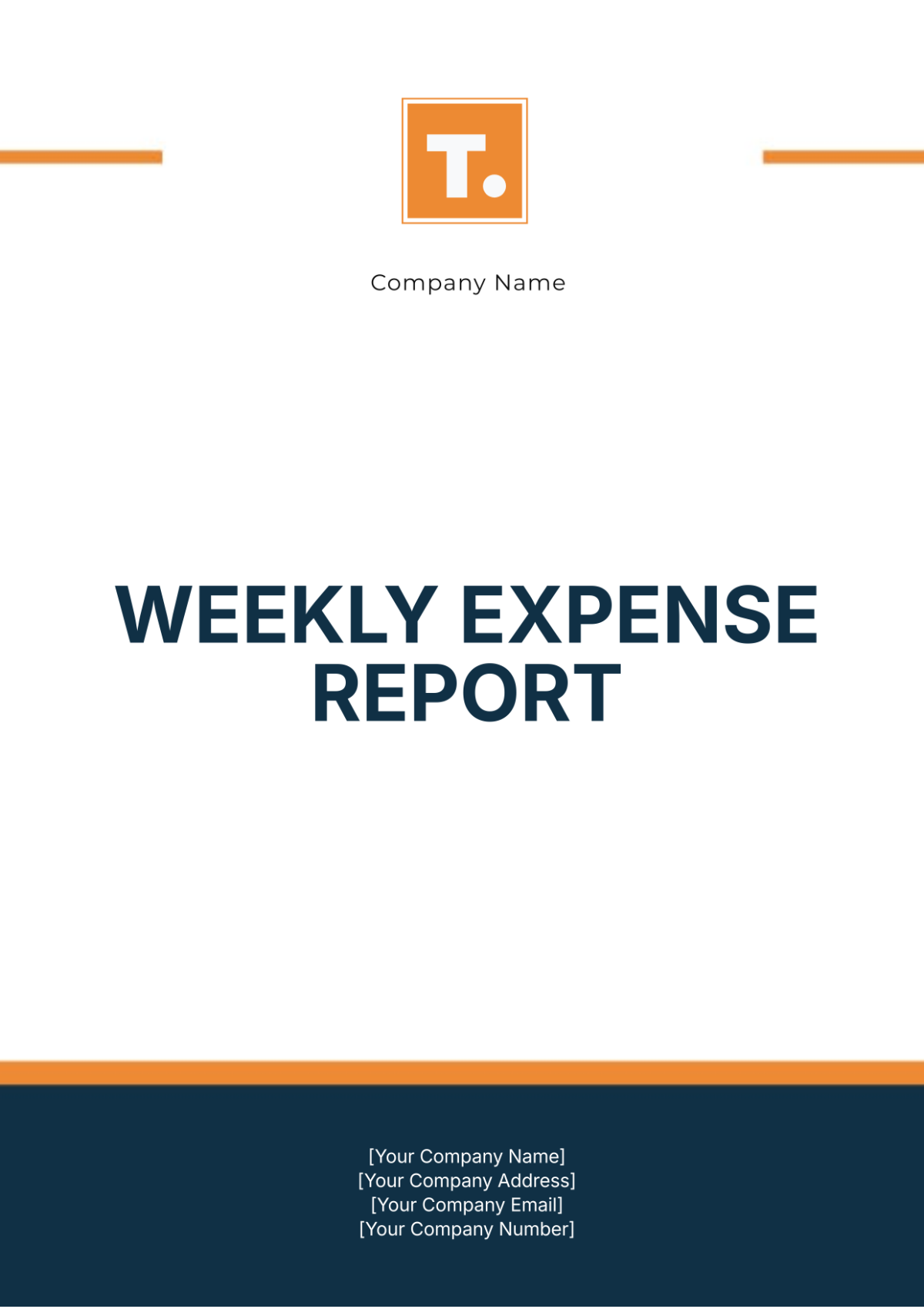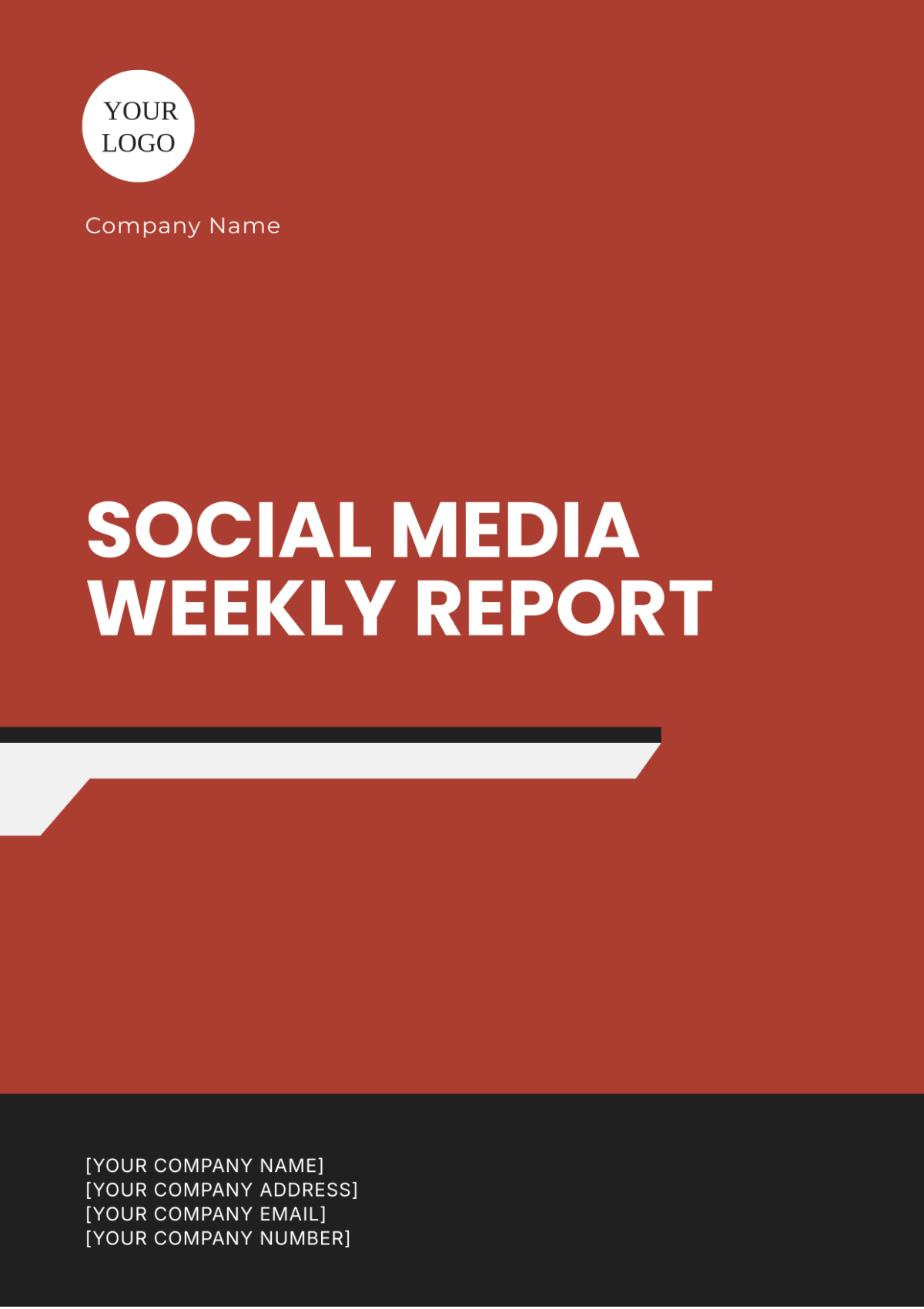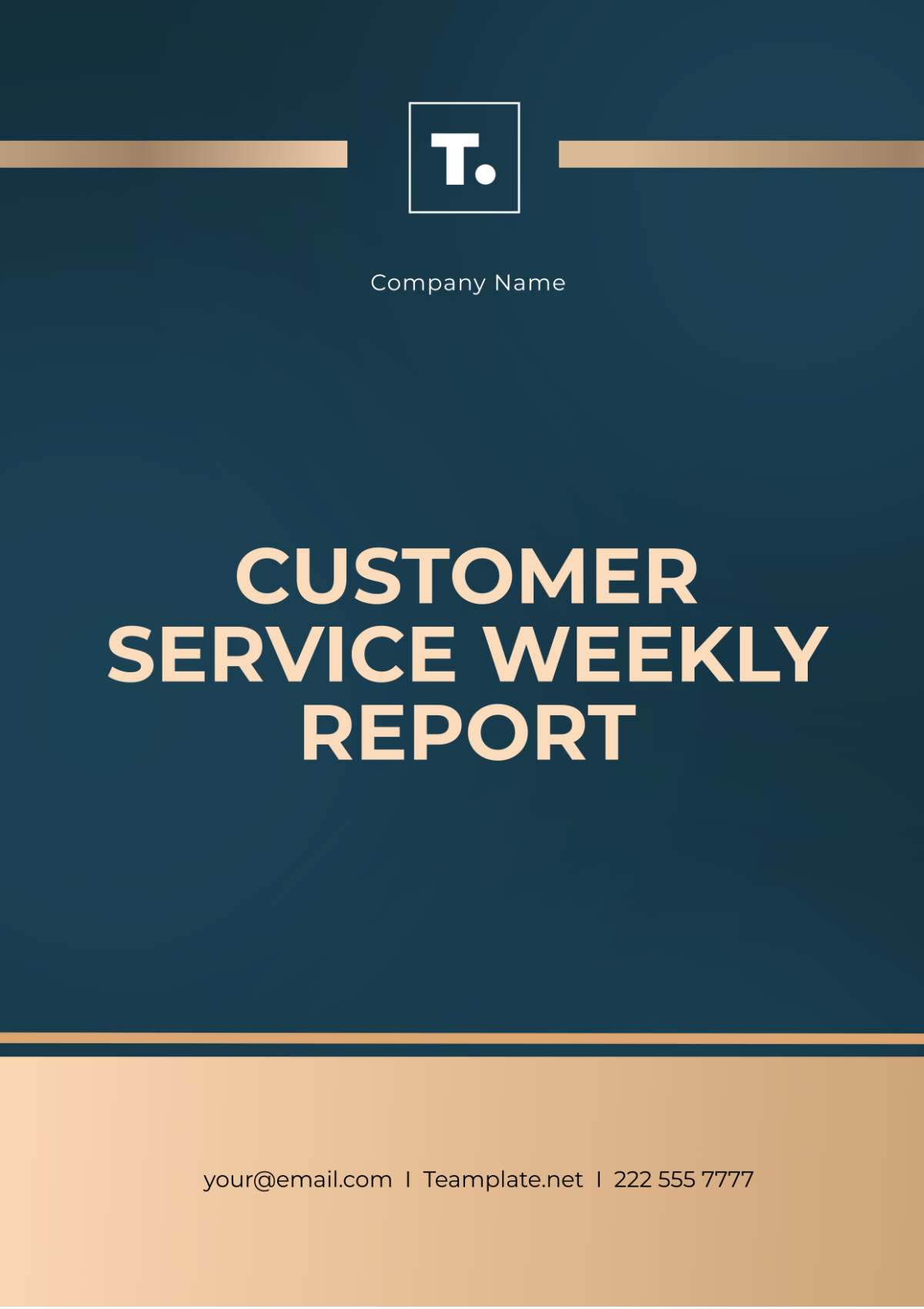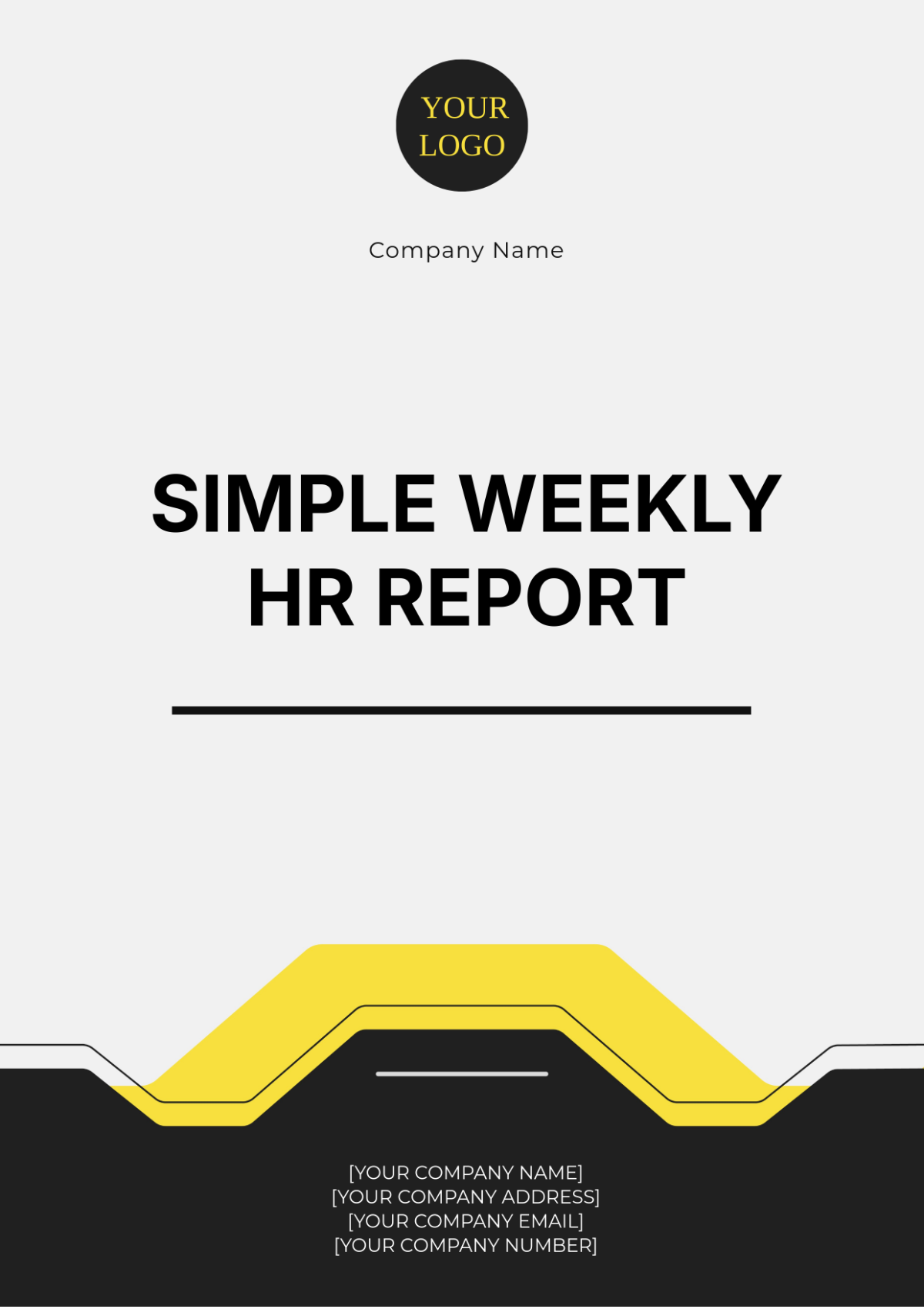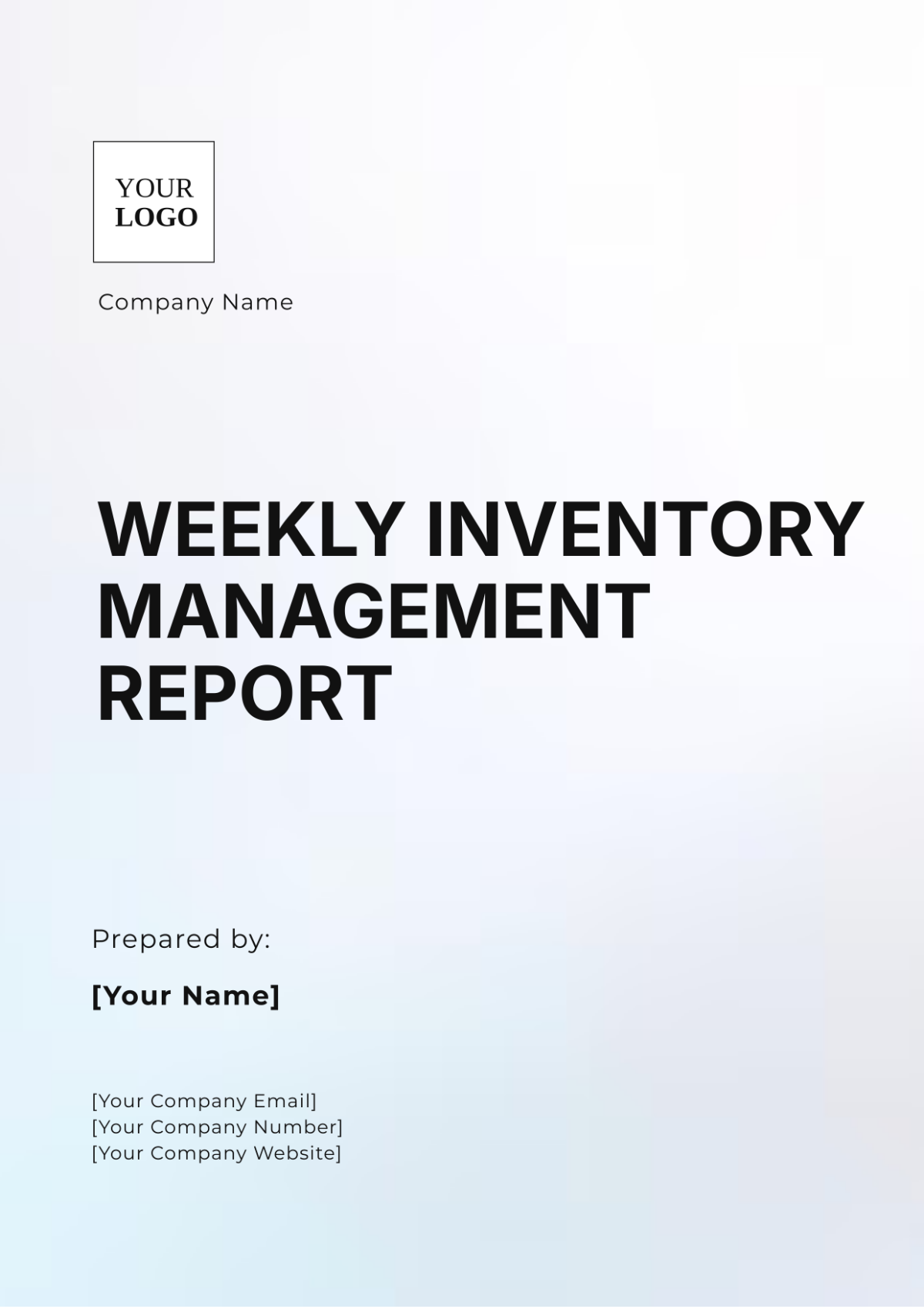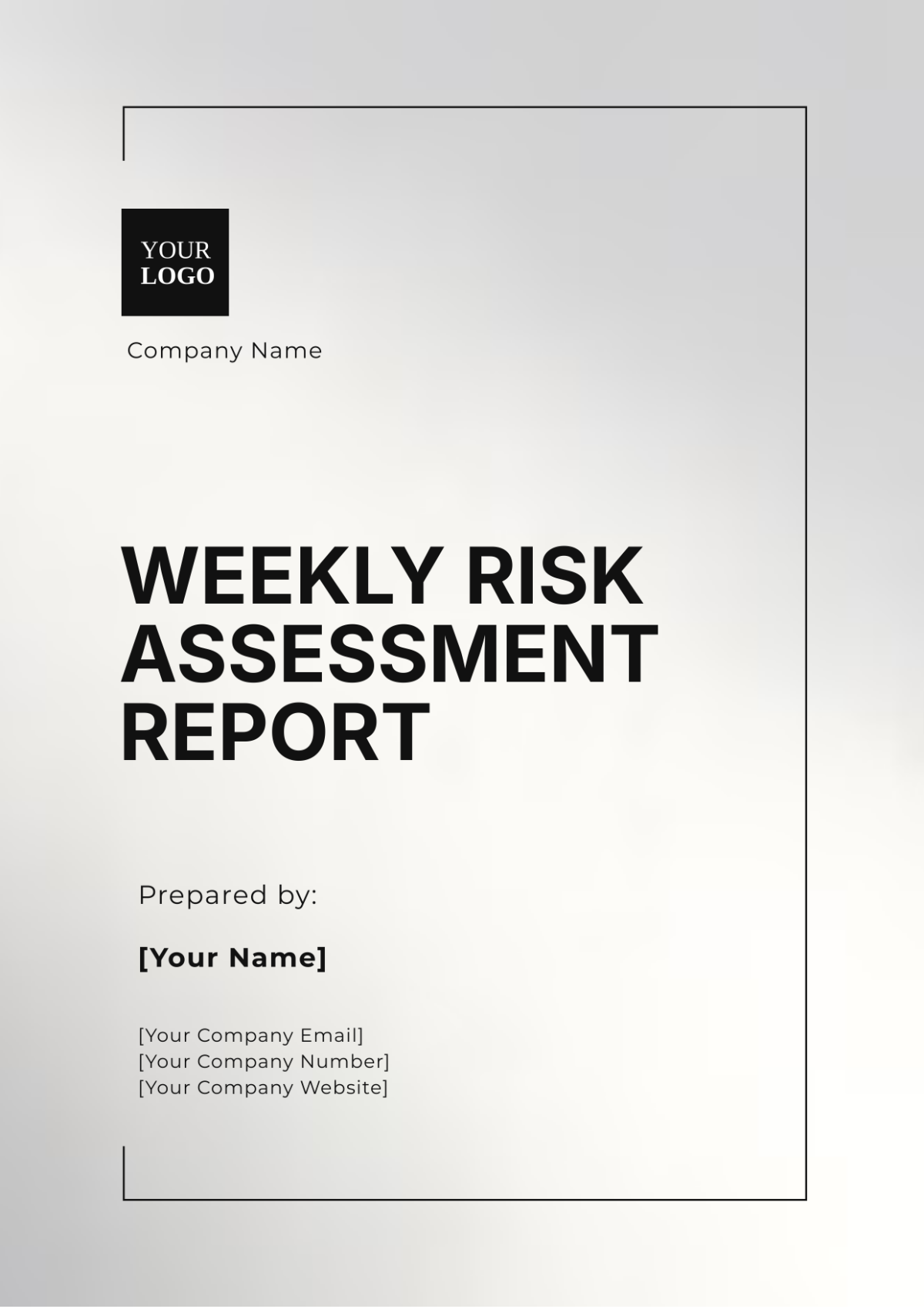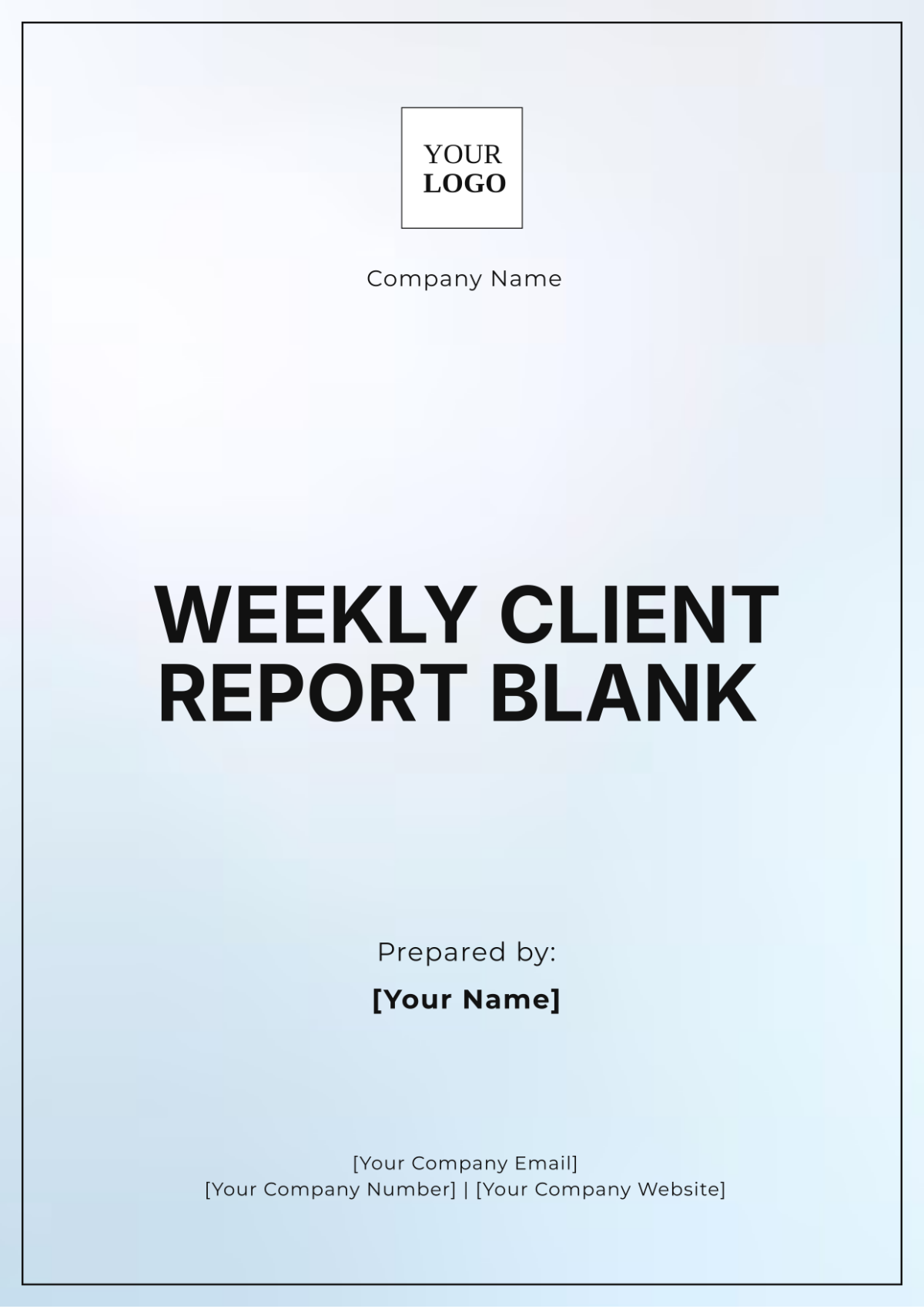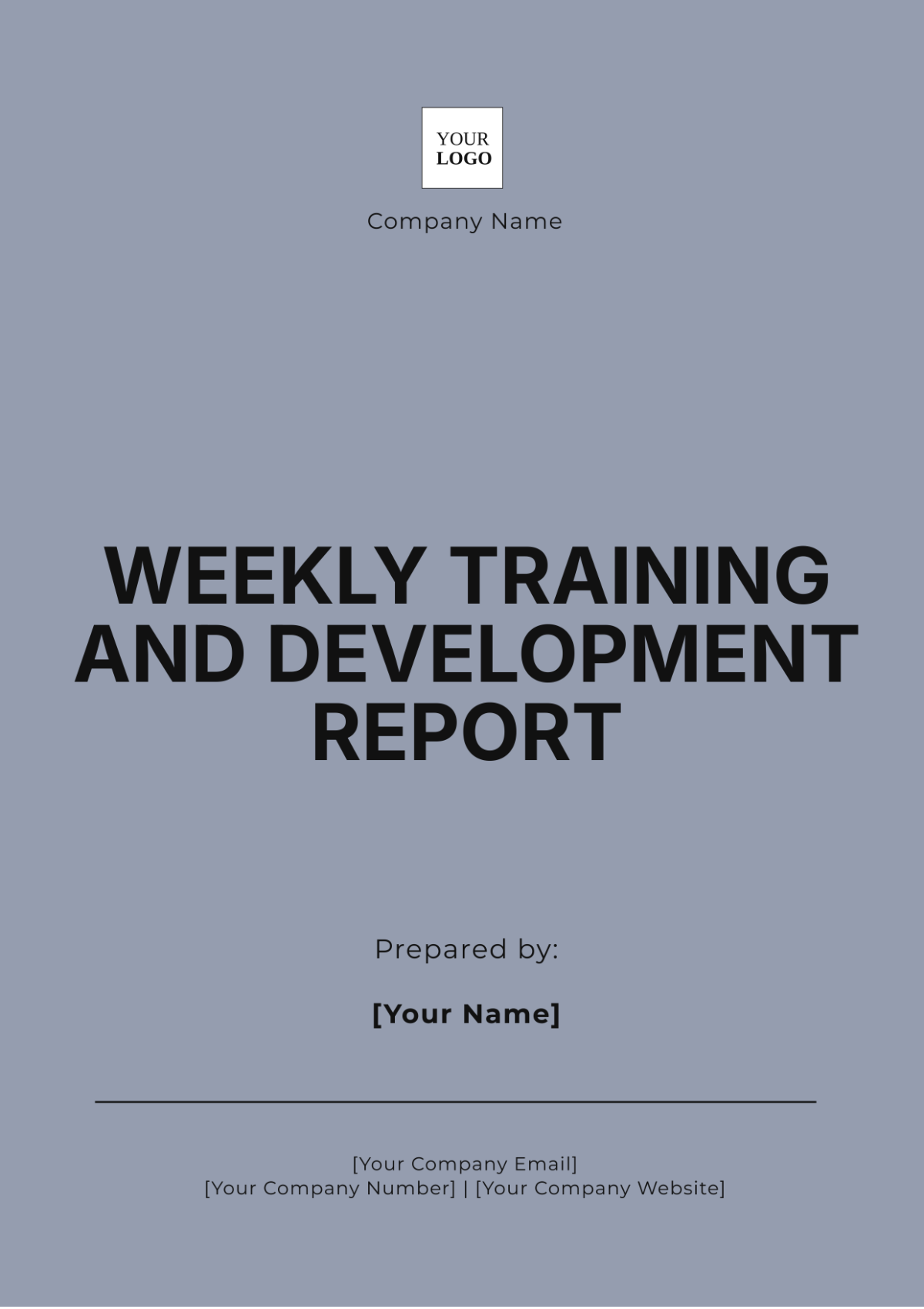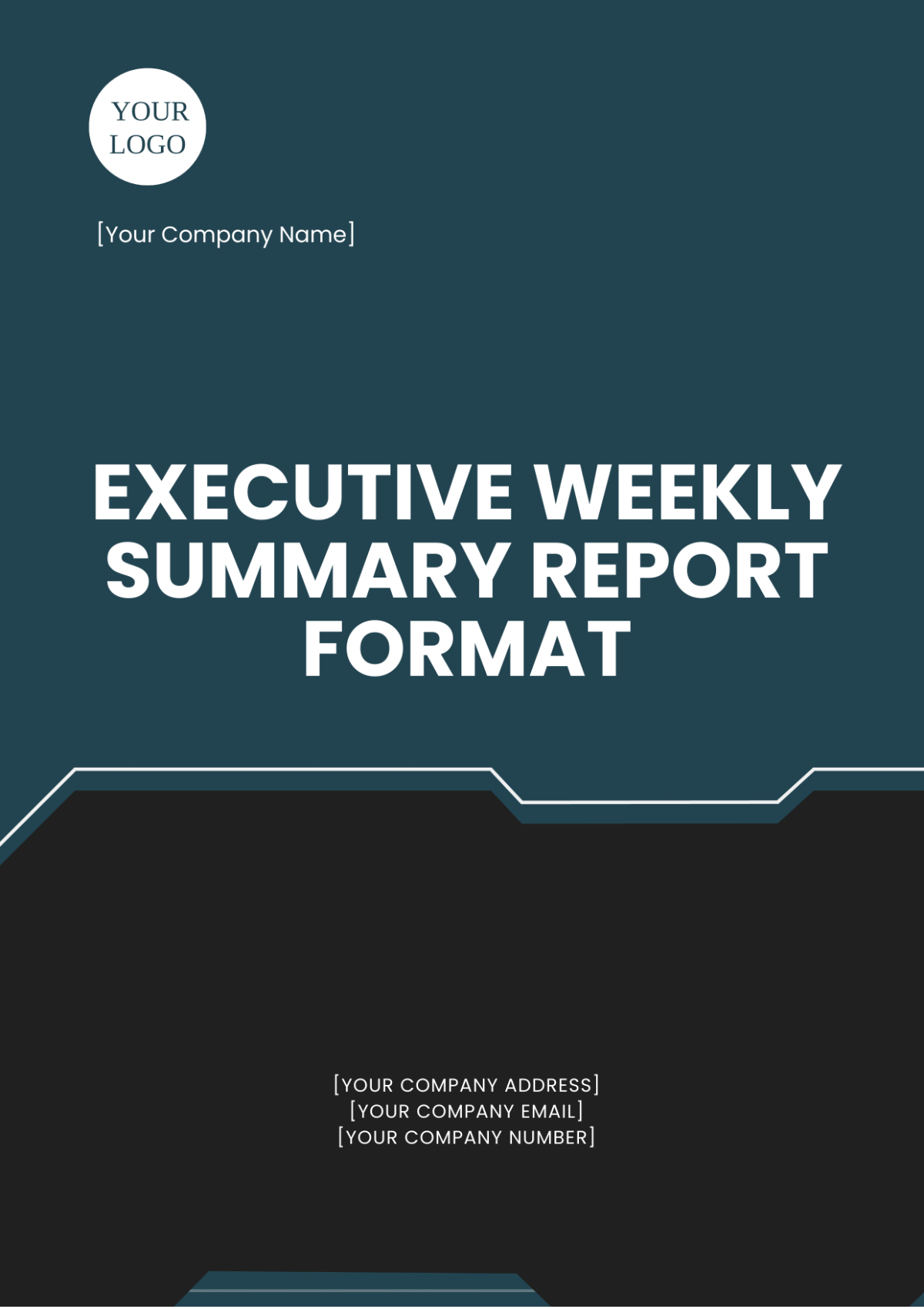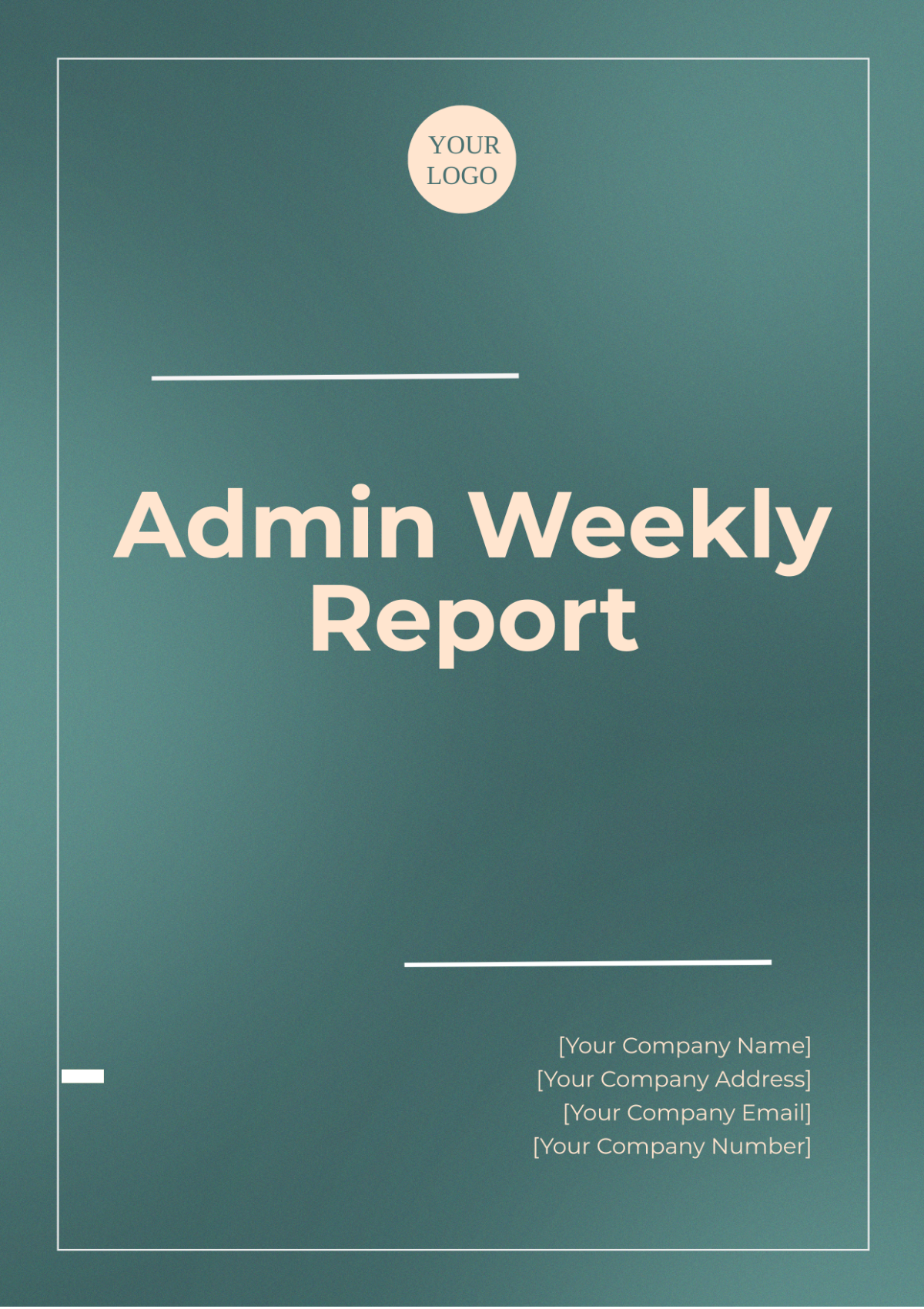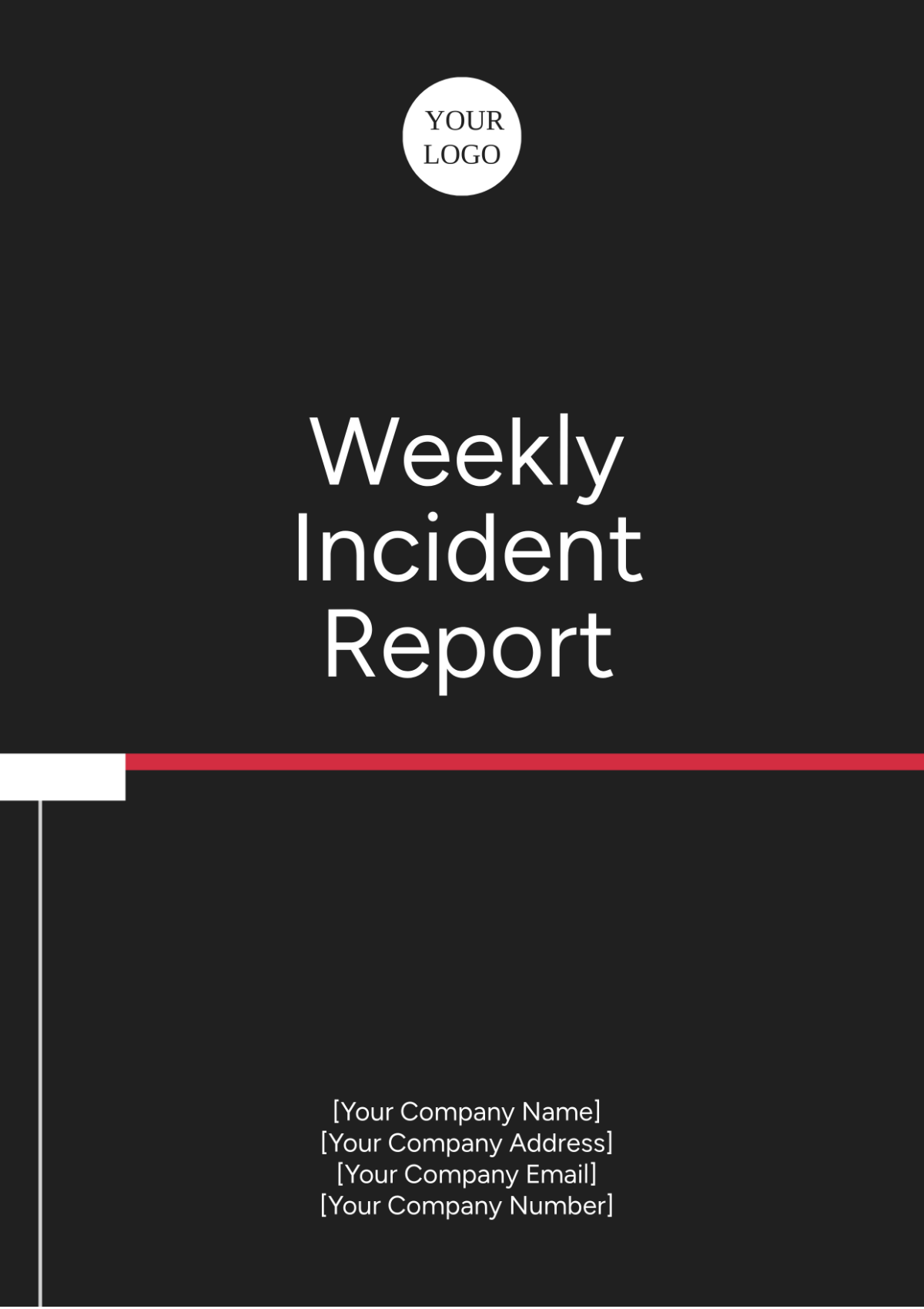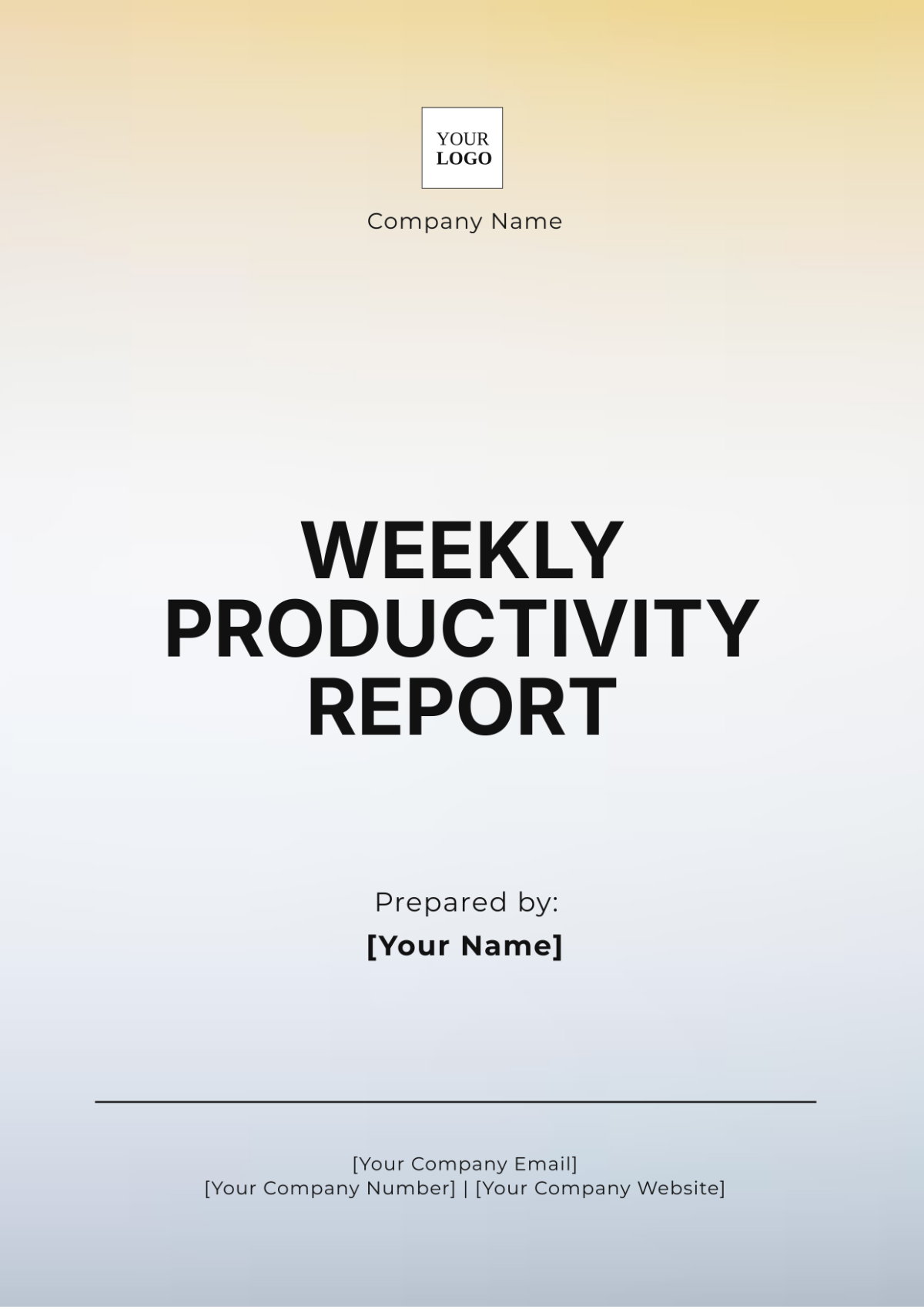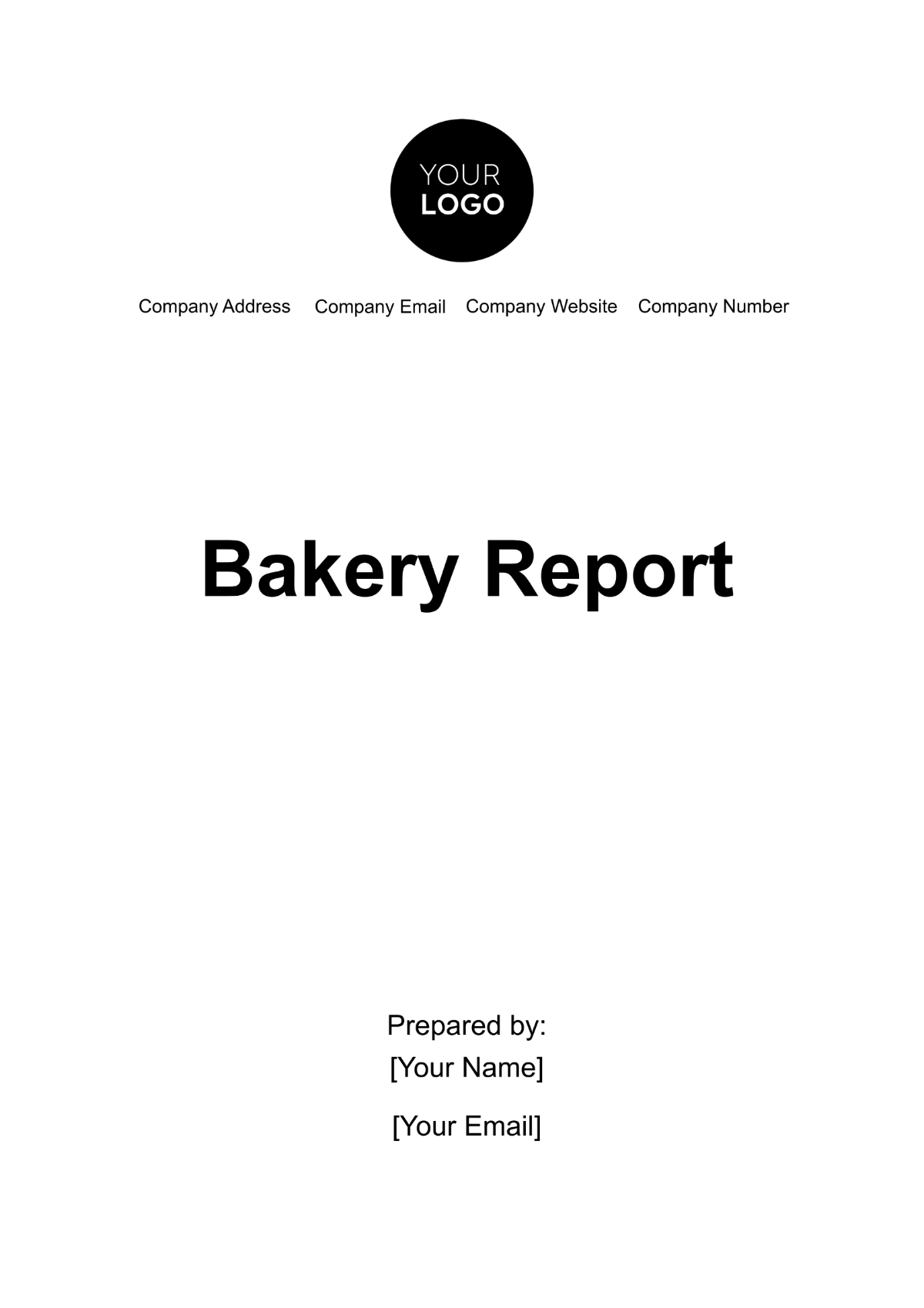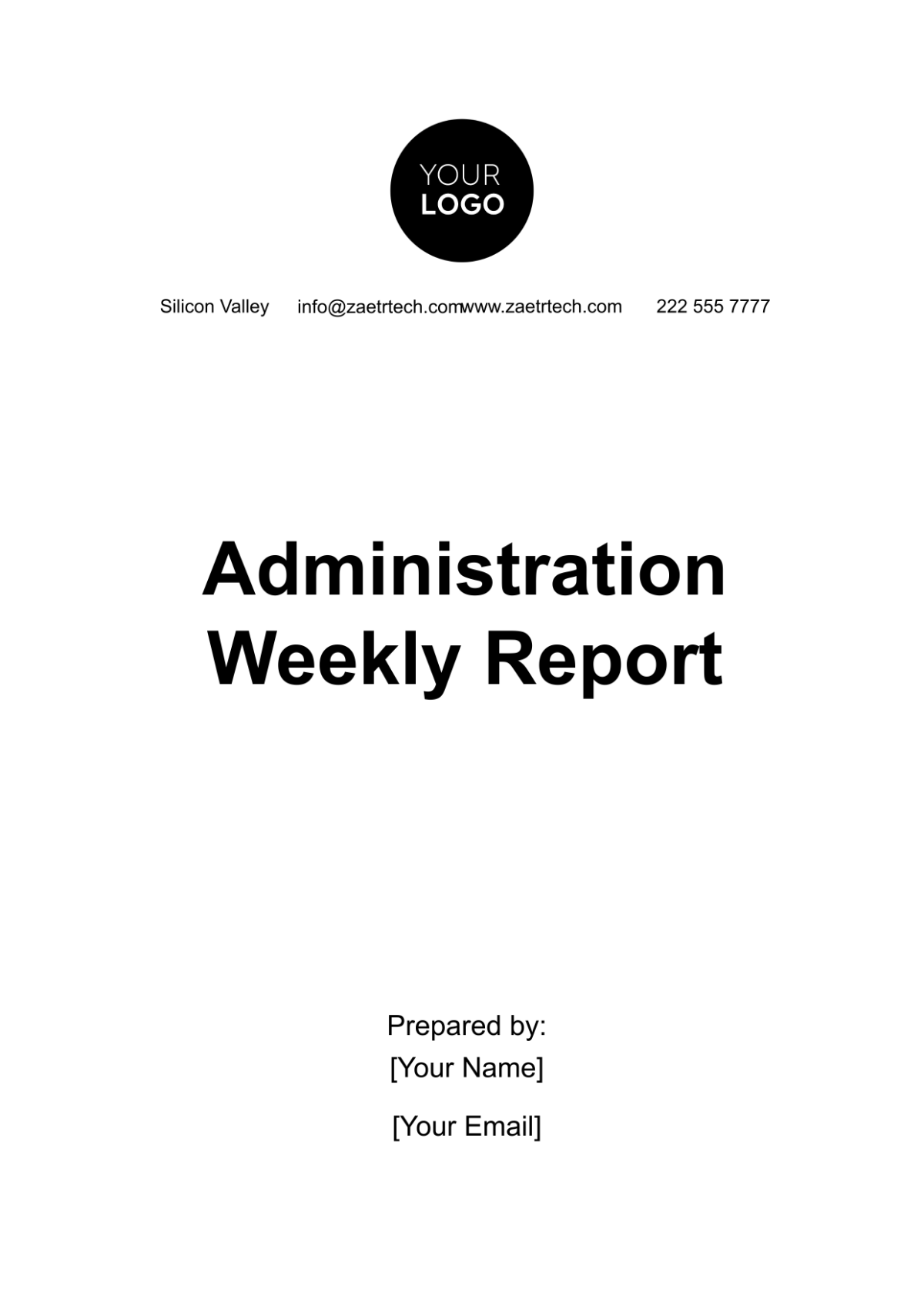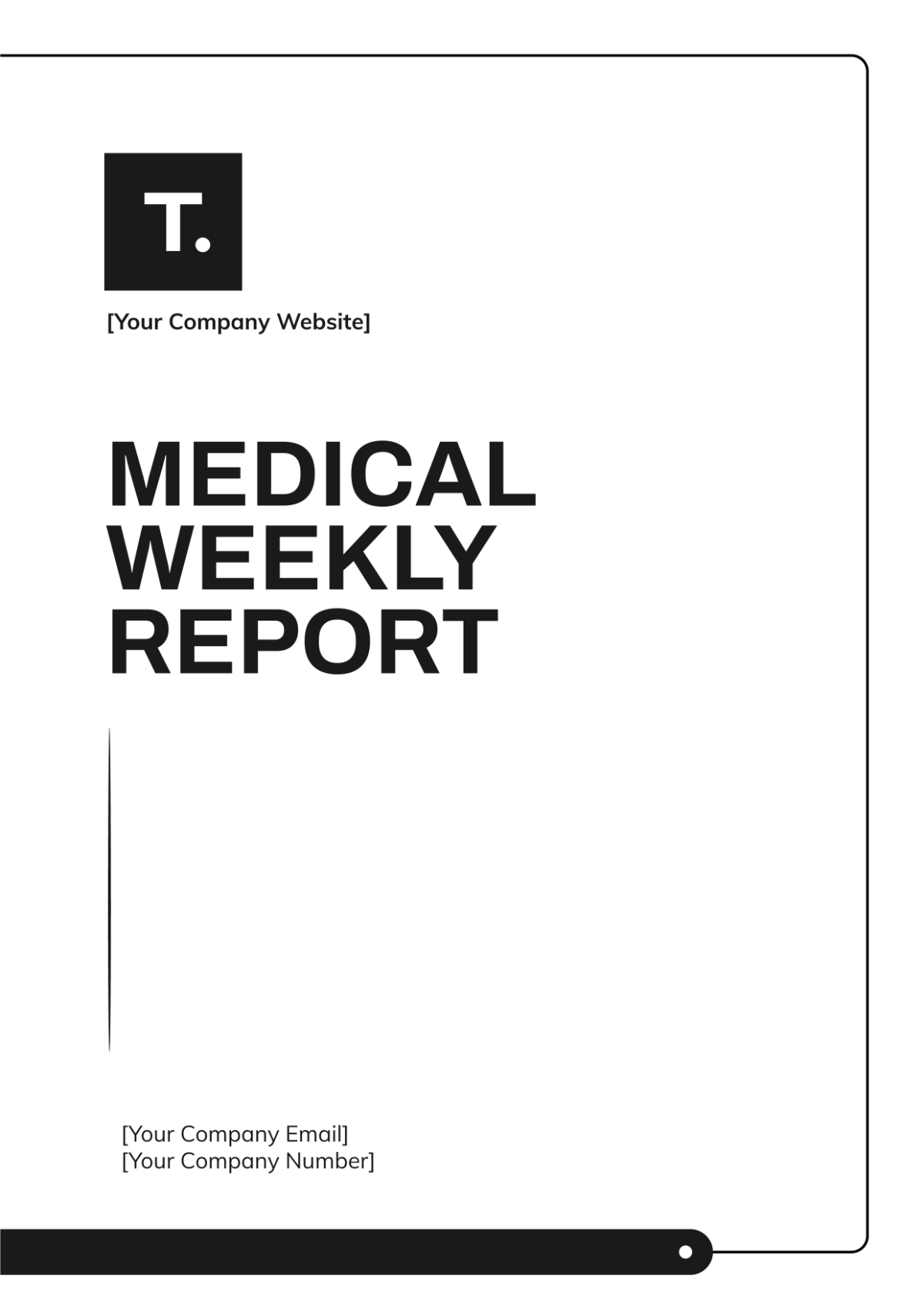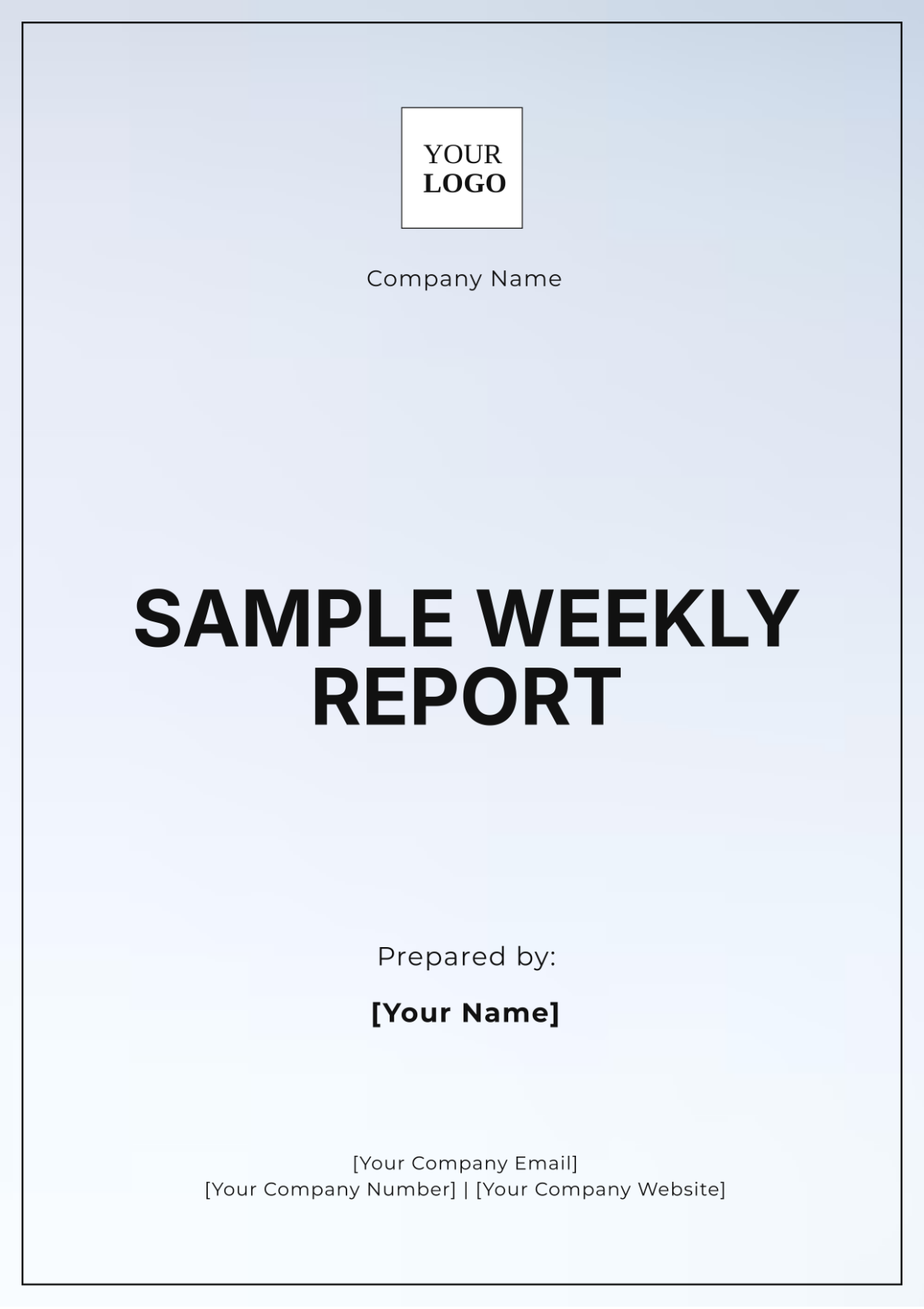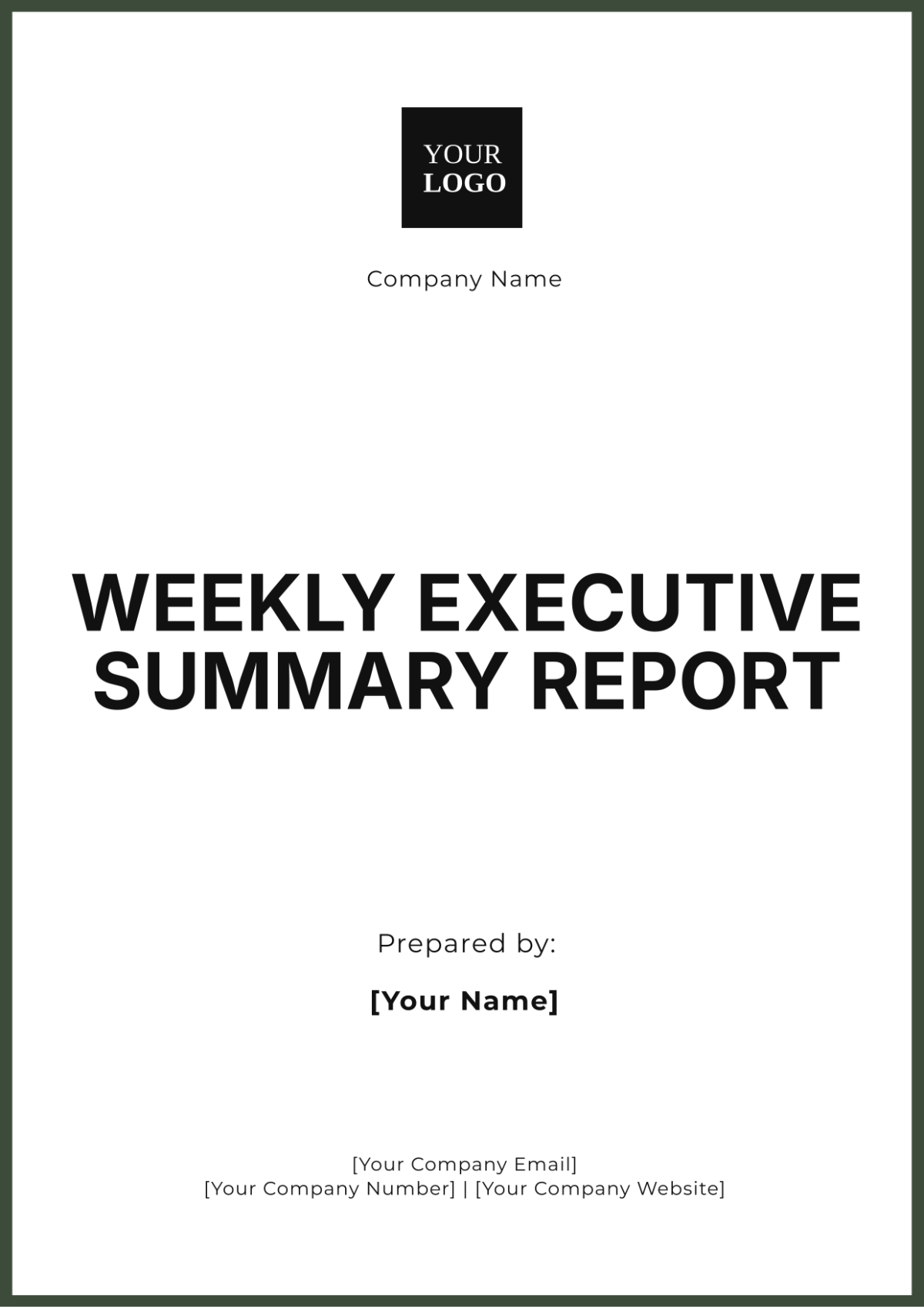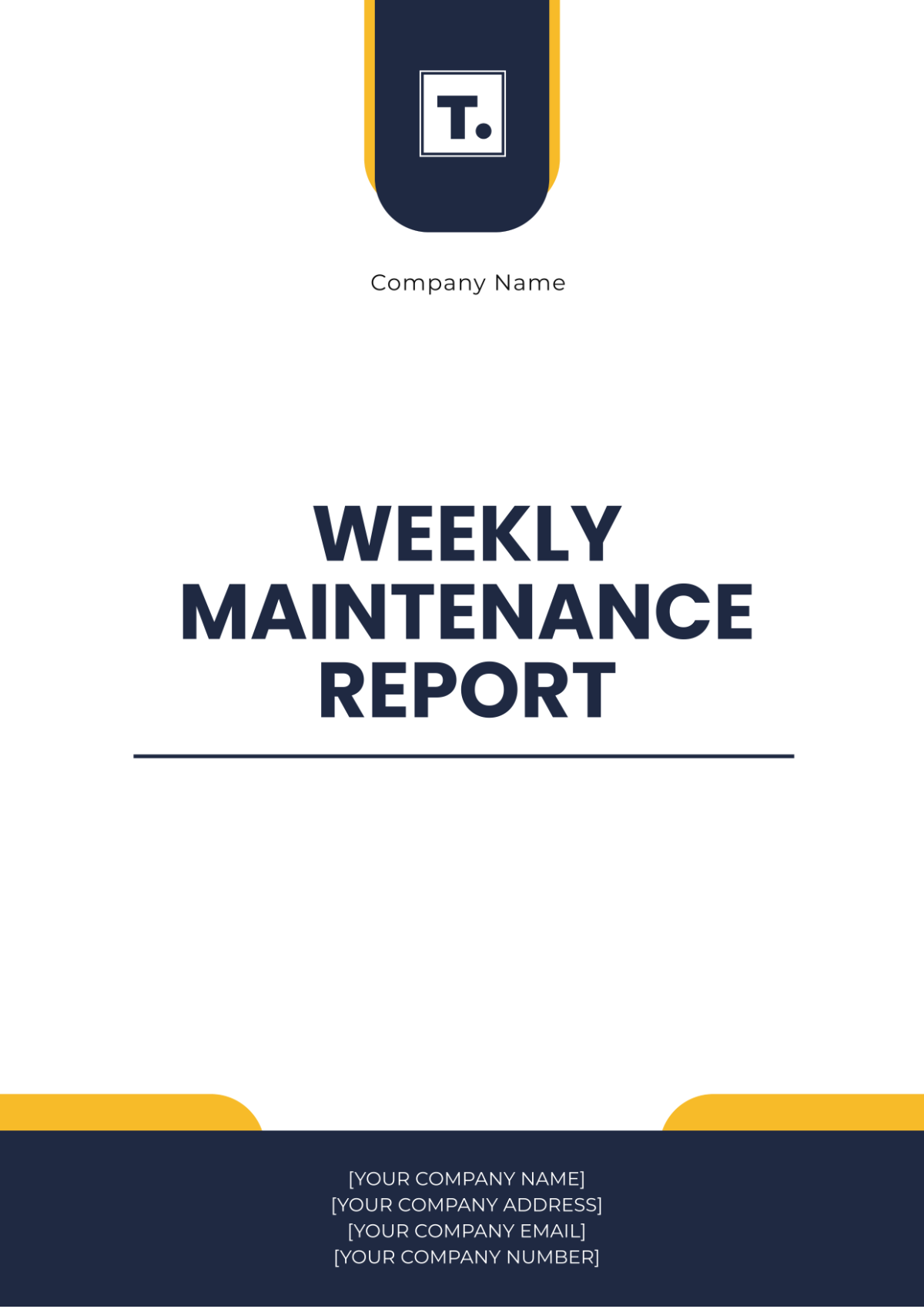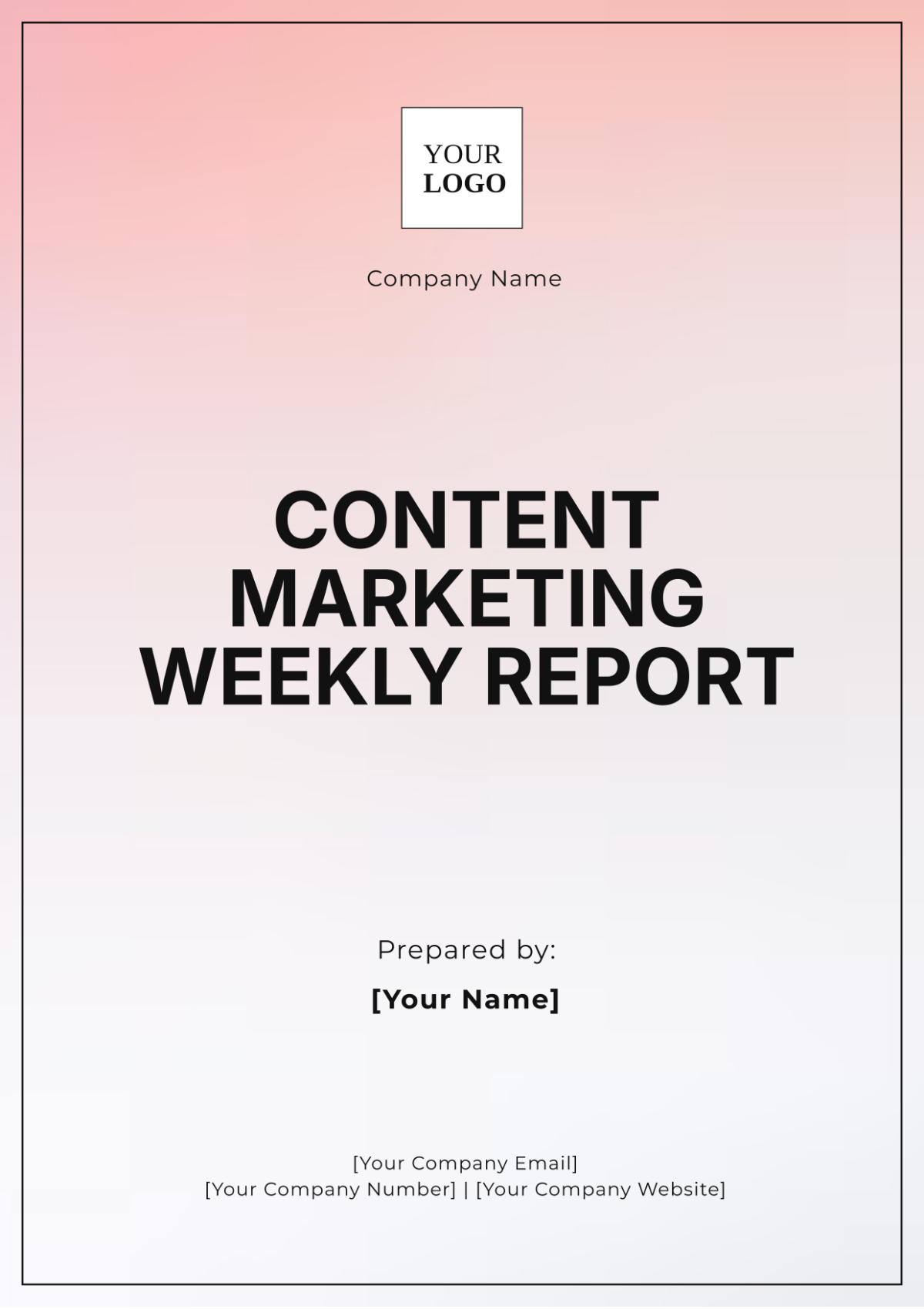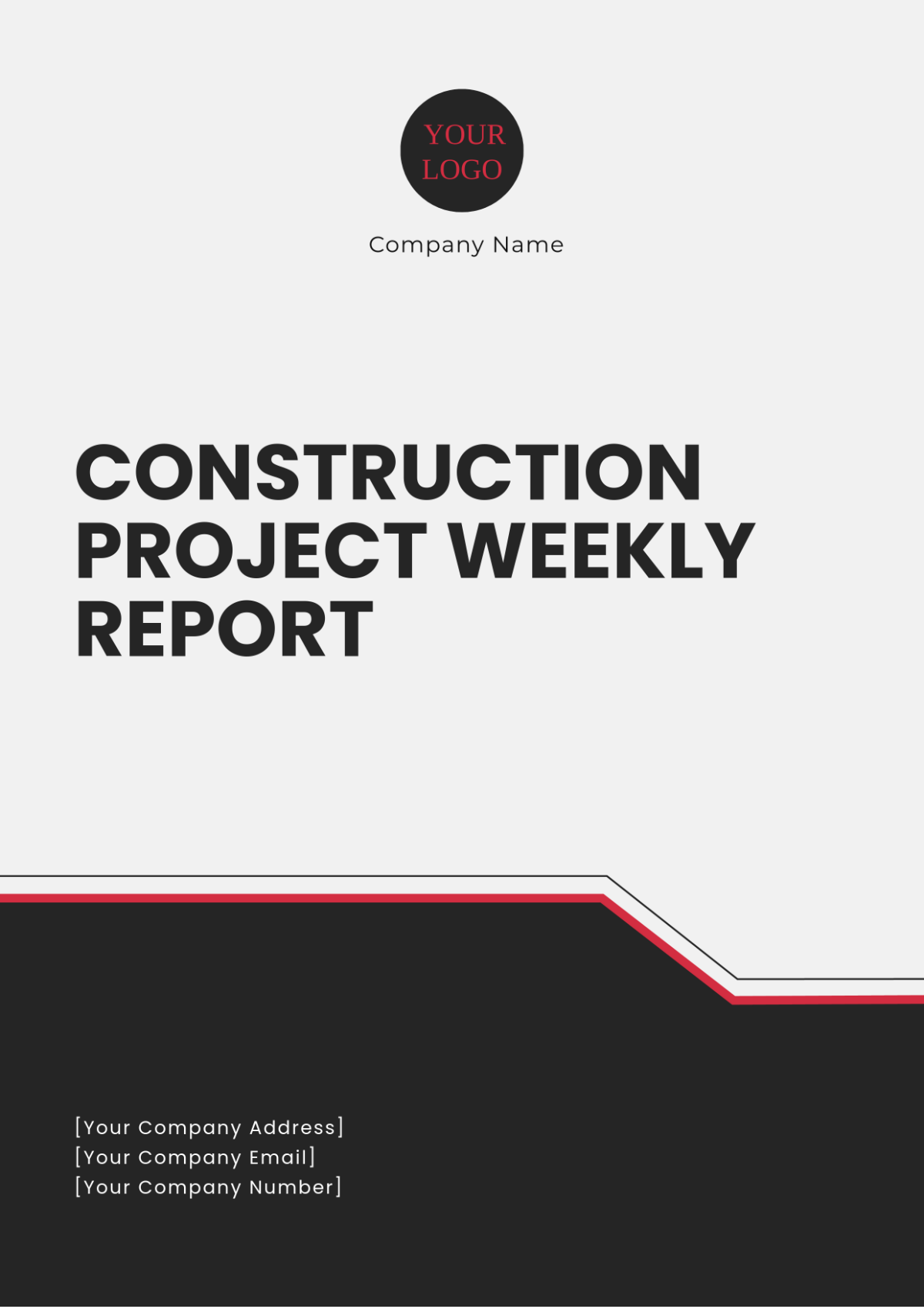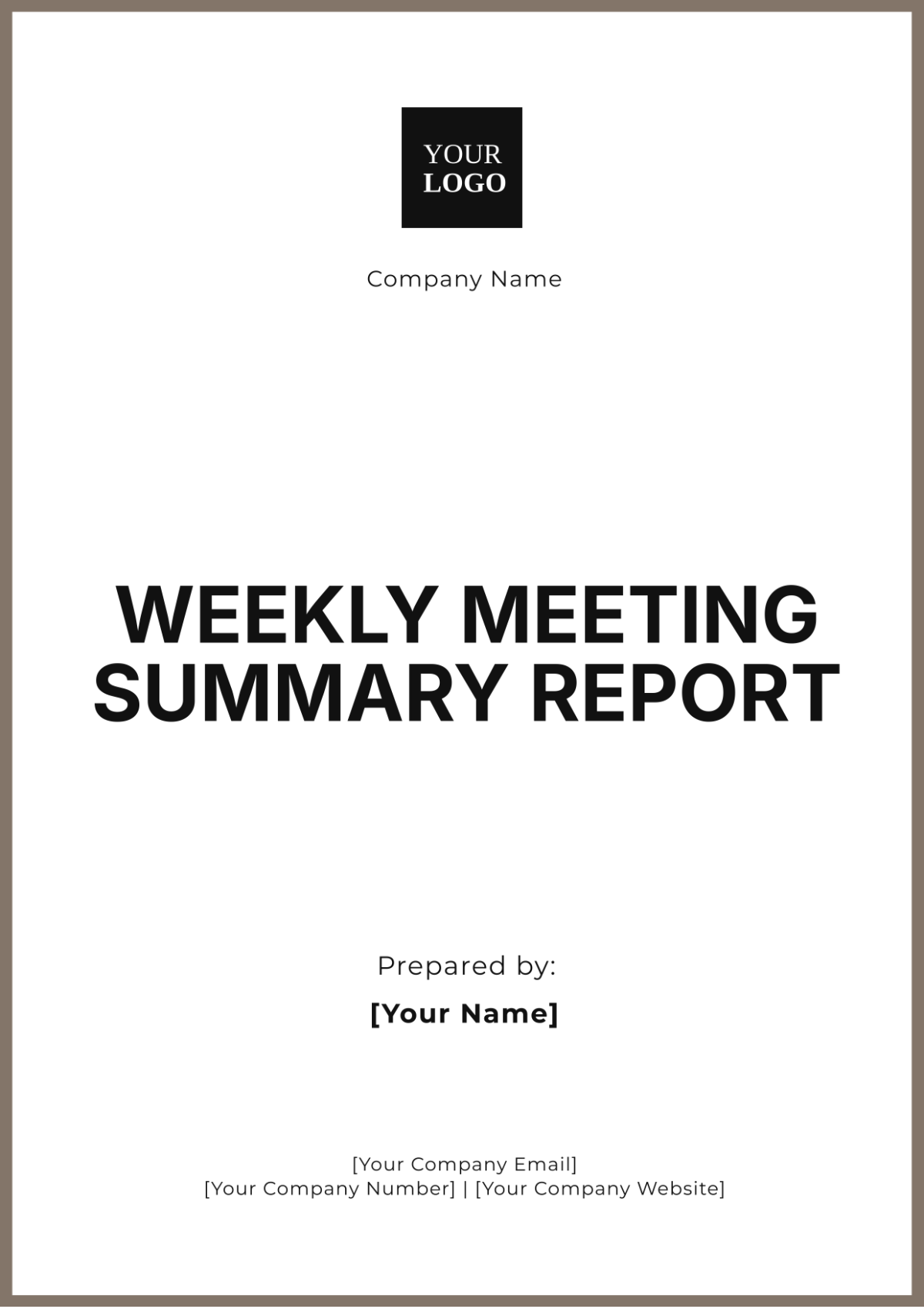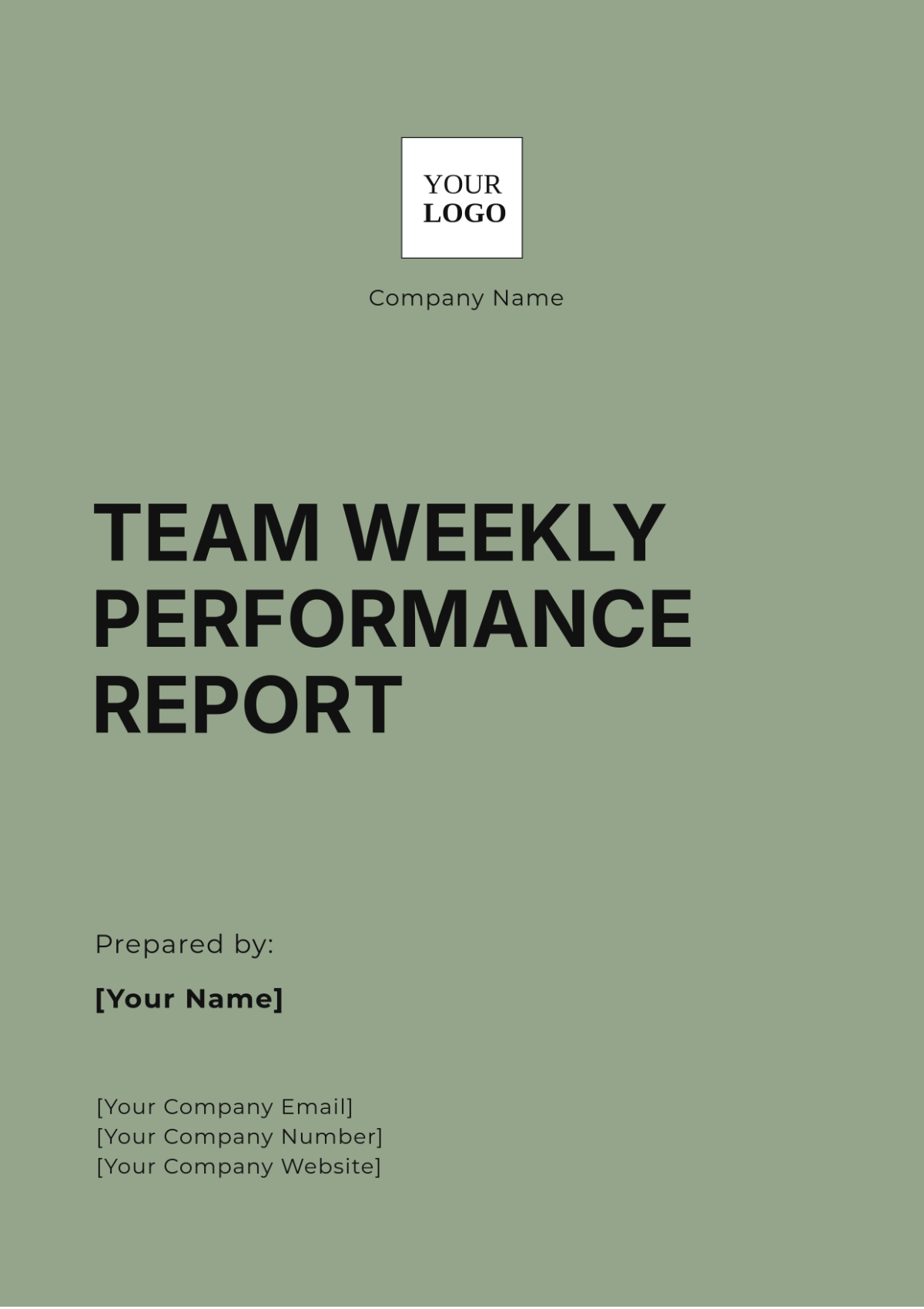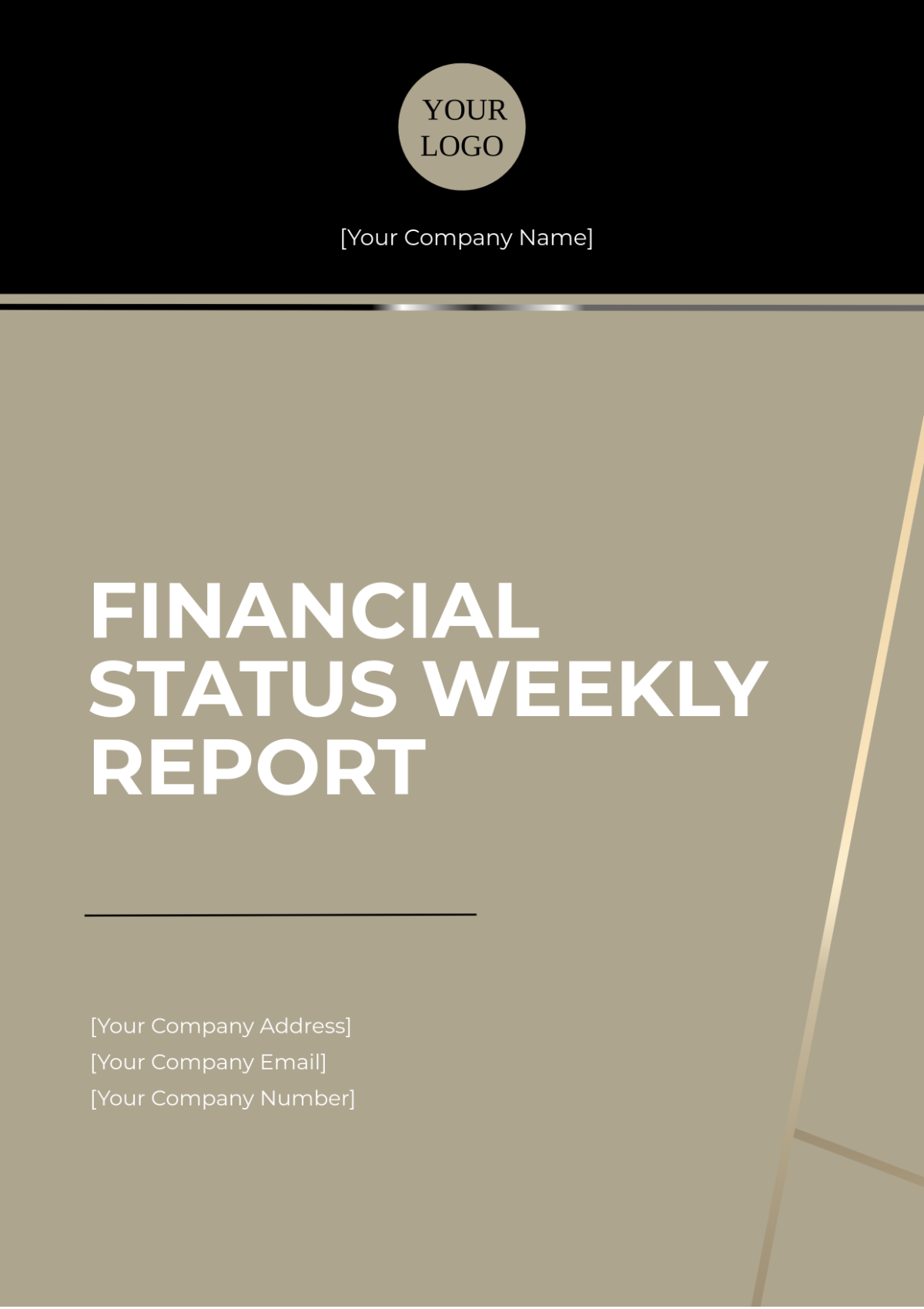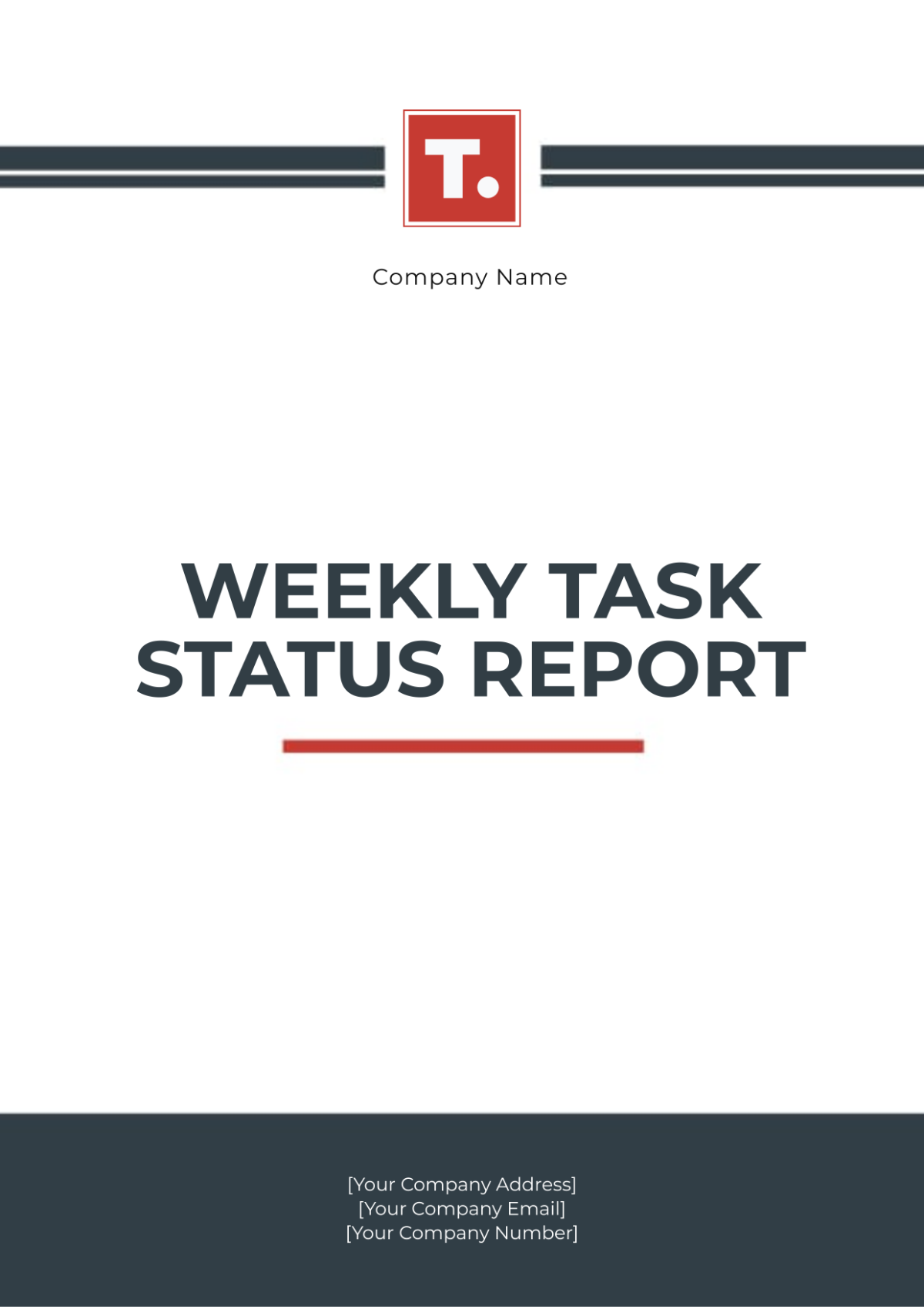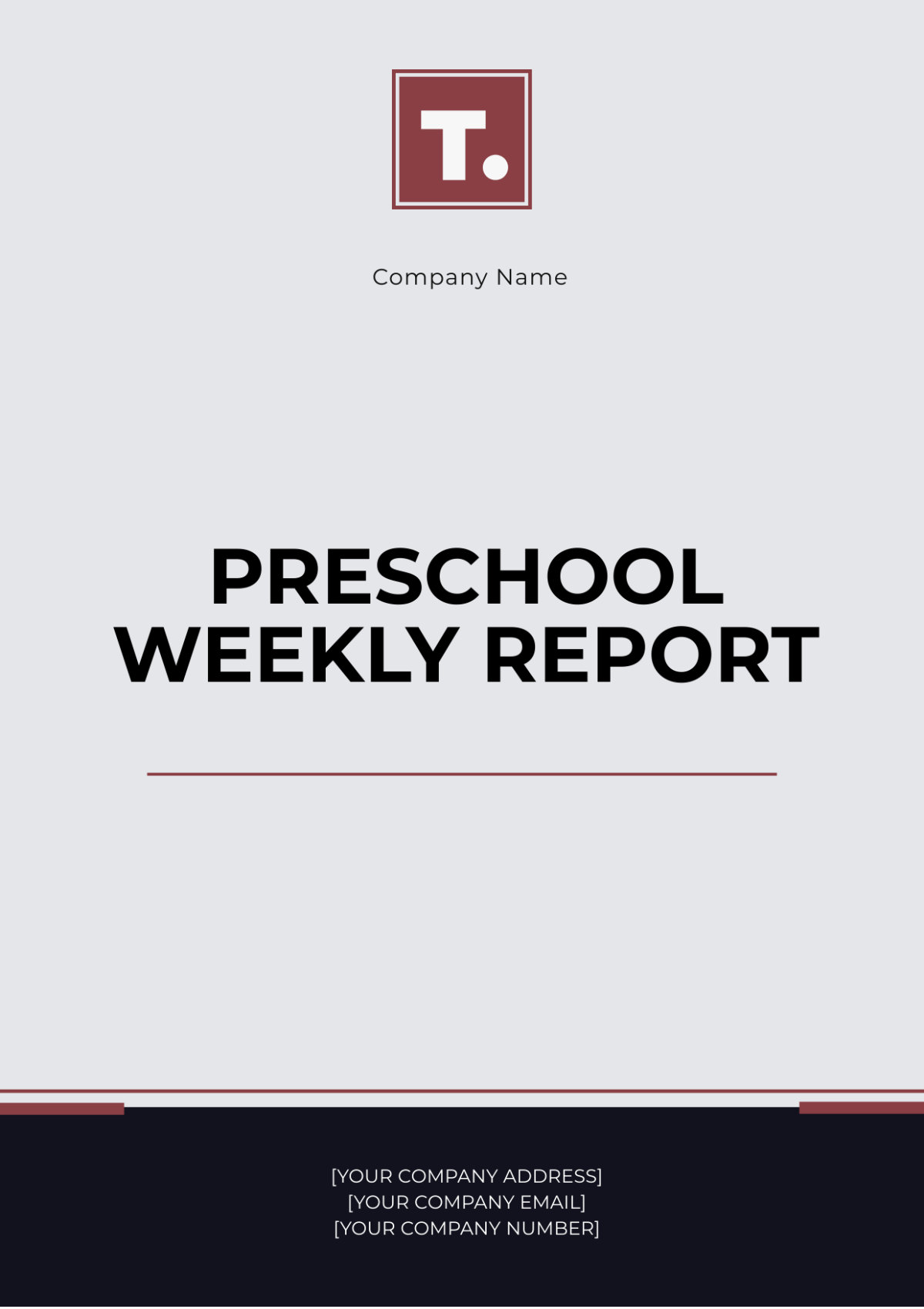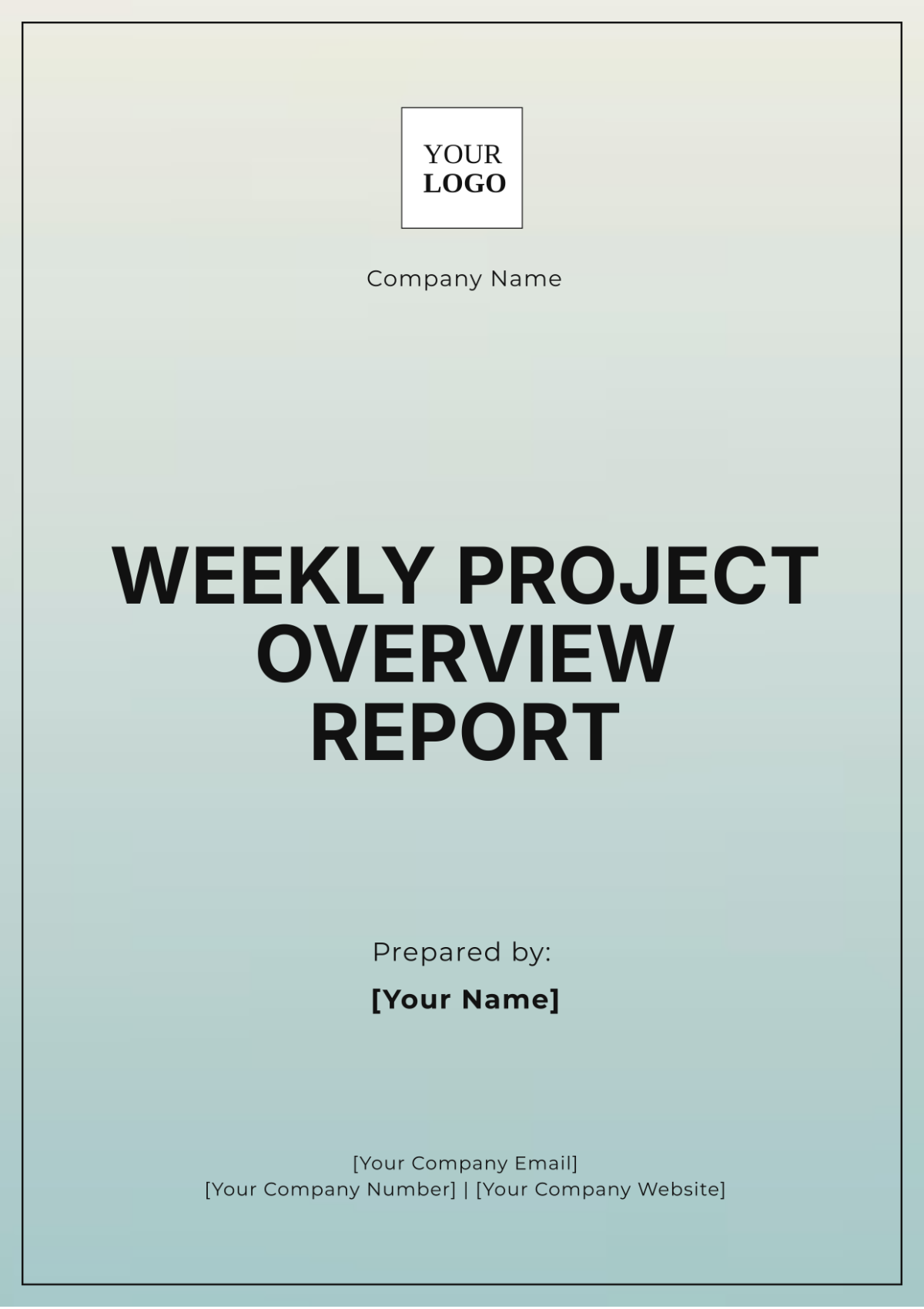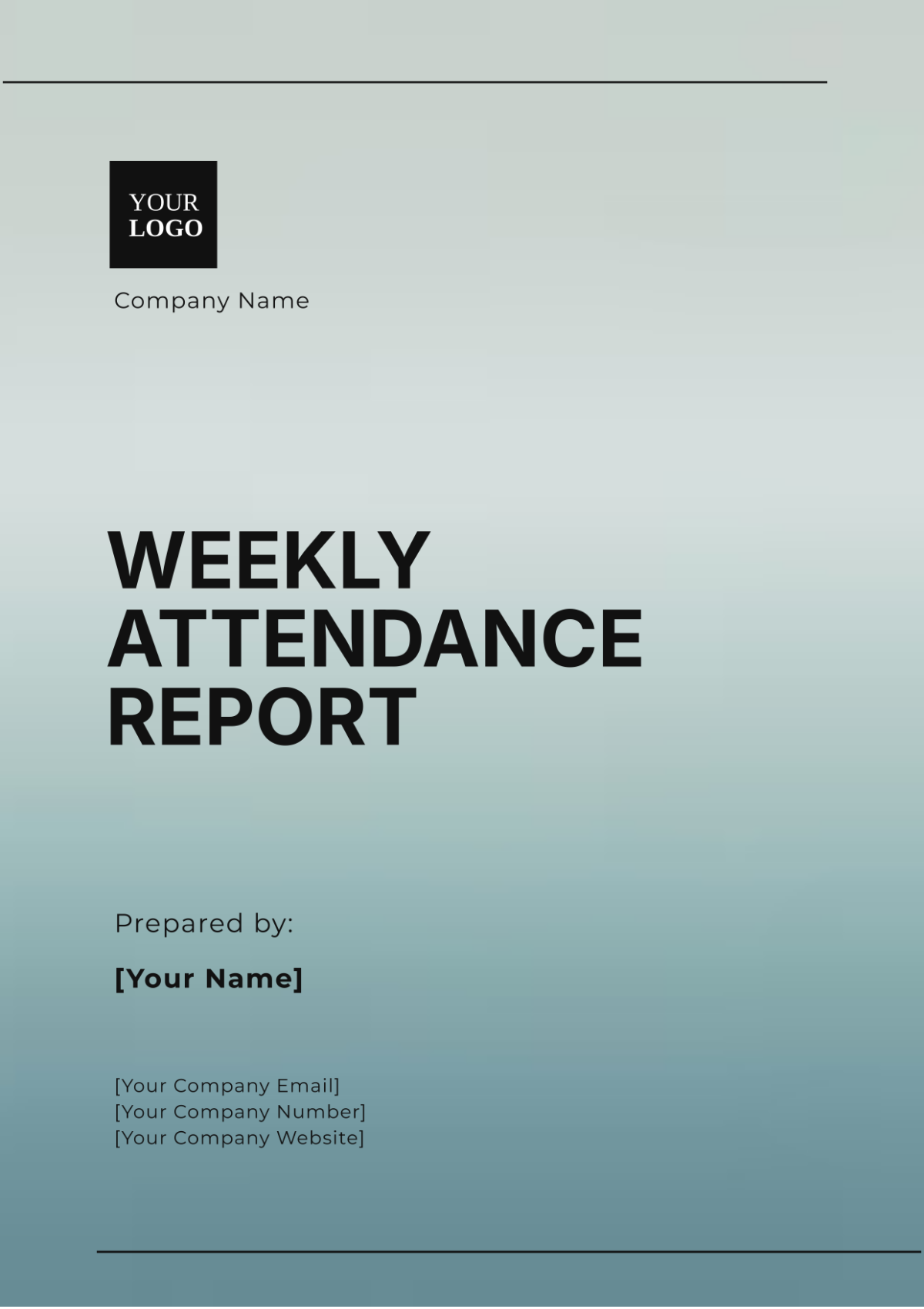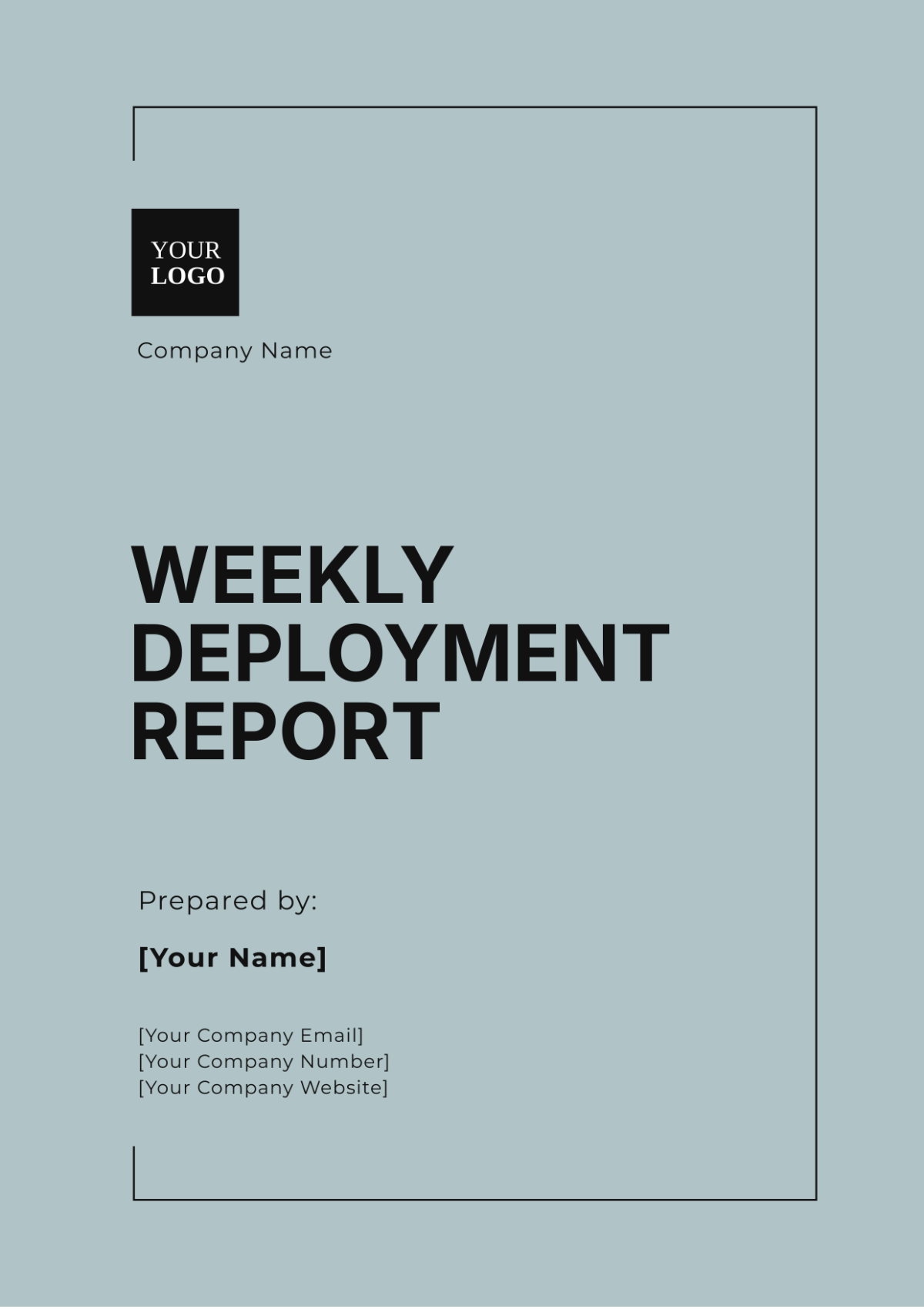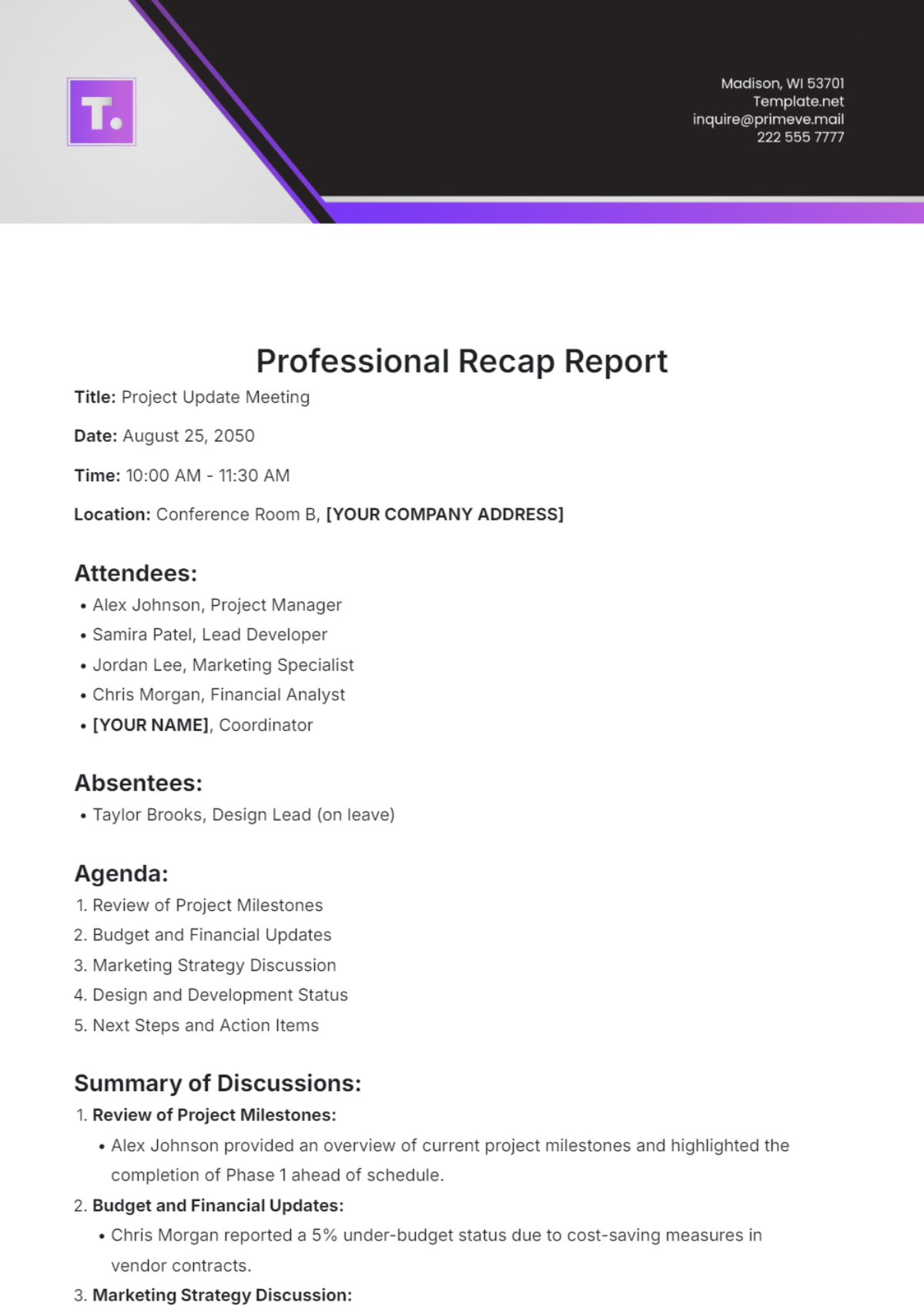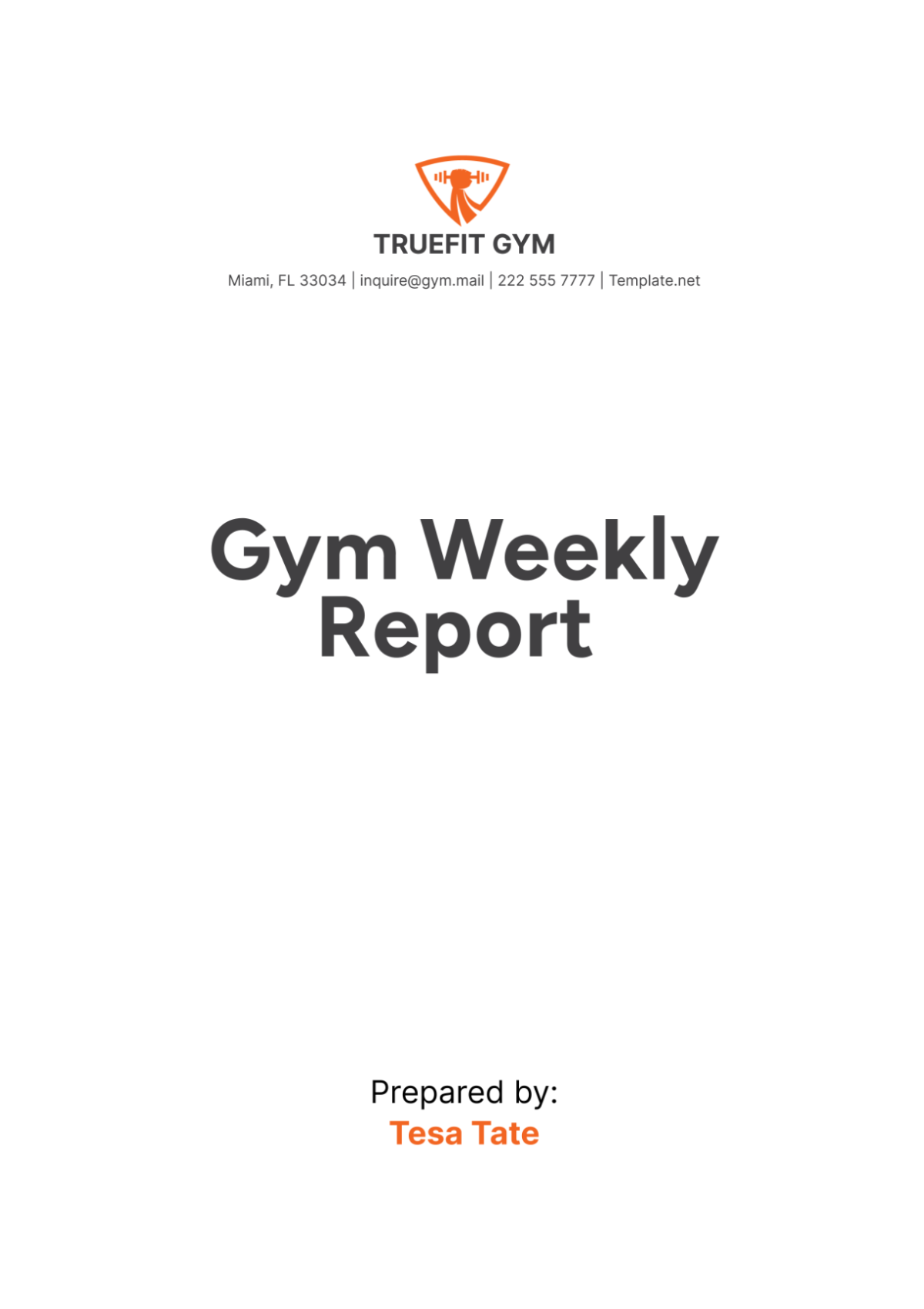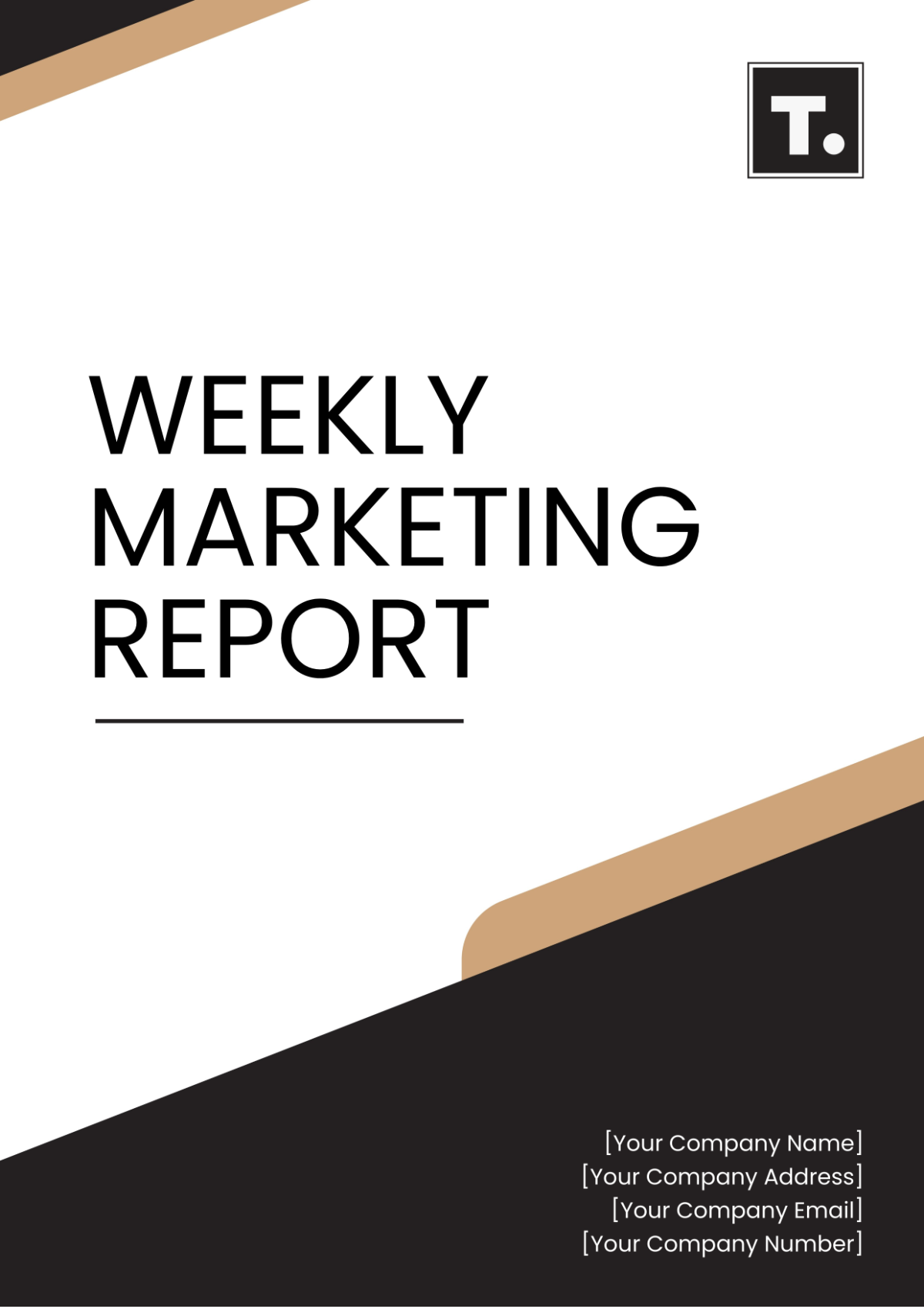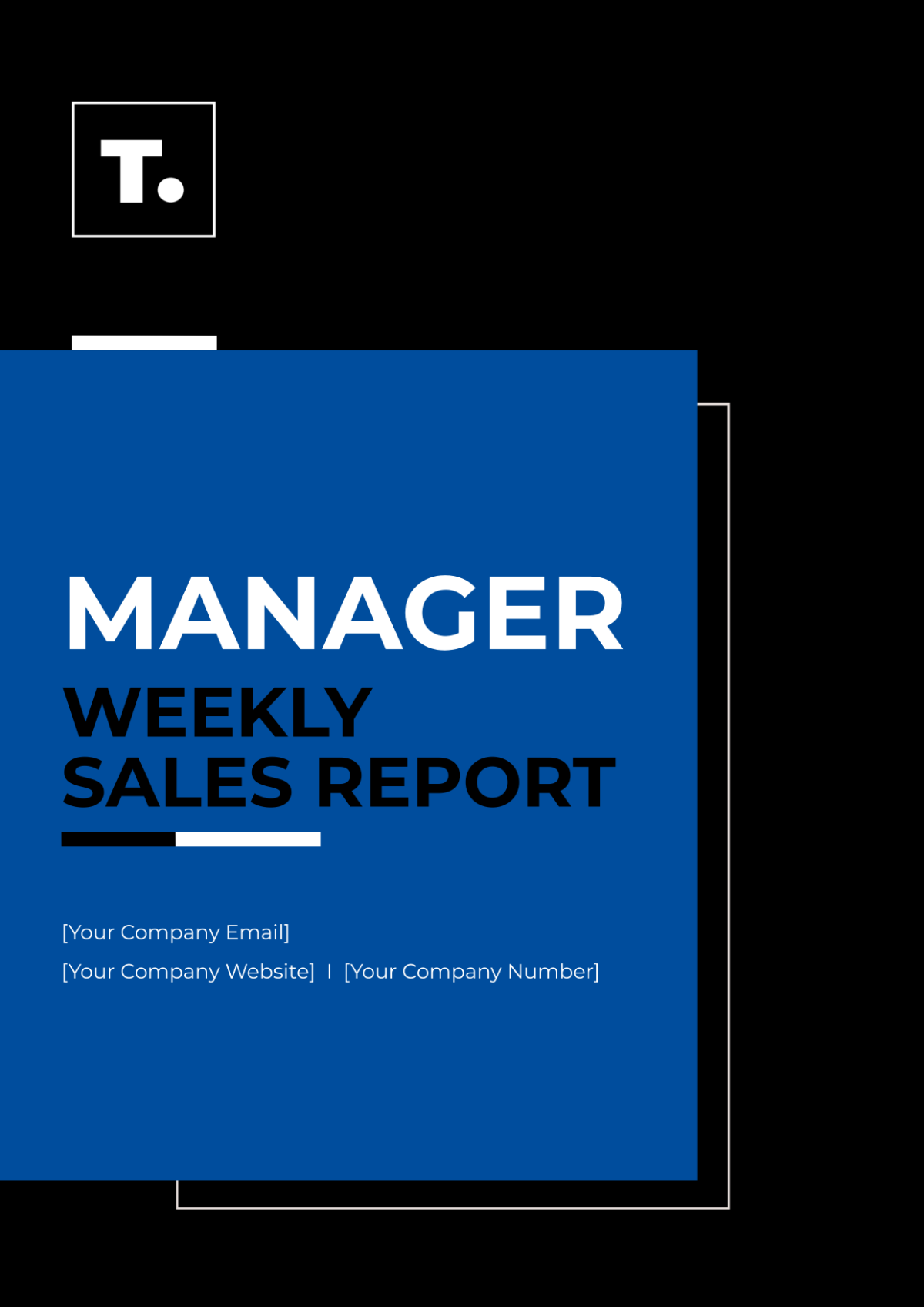Strategic Intelligence Report
Company: | [YOUR COMPANY NAME] | ||
Prepared by: | [YOUR NAME] | Department: | [YOUR DEPARTMENT] |
1. Introduction
The Strategic Intelligence Report, prepared by [YOUR COMPANY NAME], aims to provide a comprehensive analysis of [REPORT DETAILS]. This report is crafted to offer actionable insights and recommendations for decision-makers, enabling informed strategic planning and risk management. By leveraging strategic intelligence gathered from various sources, this report aims to enhance organizational agility and competitiveness in [INDUSTRY].
2. Methodology
The methodology section outlines the approach and techniques used to gather, analyze, and interpret strategic intelligence for the report. It encompasses:
I. Data Collection:
Identification of relevant sources, including open-source information, proprietary databases, and expert interviews.
Utilization of advanced data collection methods such as web scraping, keyword searches, and data mining.
II. Analysis Techniques:
Application of analytical frameworks, such as SWOT analysis, PESTEL analysis, and scenario planning, to interpret the gathered data.
Employment of statistical analysis, trend analysis, and predictive modeling to identify patterns and trends.
3. Findings
The findings section presents the key insights derived from the analysis of strategic intelligence. It includes:
I. Market Trends:
Identification of emerging market trends, consumer behavior shifts, and competitive dynamics impacting [REPORT DETAILS].
Analysis of market growth opportunities, challenges, and potential disruptors.
II. Competitive Landscape:
Assessment of competitors' strengths, weaknesses, opportunities, and threats (SWOT analysis) to inform competitive strategies.
Identification of market gaps and areas for differentiation.
II. Customer Insights:
Analysis of customer preferences, needs, and expectations to guide product development and marketing strategies.
Identification of opportunities to enhance customer satisfaction and loyalty through personalized offerings and improved customer experiences.
IV. Regulatory Environment:
Assessment of regulatory changes, compliance requirements, and industry standards impacting business operations.
Identification of potential risks and opportunities arising from regulatory developments and shifts in government policies.
V. Technology Trends:
Examination of technological advancements, innovations, and disruptions influencing the industry landscape.
Analysis of opportunities for leveraging technology to streamline processes, enhance efficiency, and drive innovation.
4. Analysis
The analysis section delves deeper into the implications of the findings and provides contextual interpretation. It covers:
I. Risk Assessment:
Evaluation of potential risks and vulnerabilities, including regulatory changes, geopolitical tensions, and technological disruptions.
Assessment of risk mitigation strategies and their effectiveness.
II. Opportunity Analysis:
Identification of strategic opportunities for growth, innovation, and market expansion.
Analysis of factors driving opportunity realization and potential barriers to entry.
5. Recommendations
Based on the analysis, actionable recommendations are provided to guide strategic decision-making. Recommendations include:
I. Strategic Initiatives:
Proposal of strategic initiatives to capitalize on identified opportunities and mitigate potential risks.
Suggestions for market entry strategies, product development, and partnership opportunities.
II. Risk Mitigation Strategies:
Recommendations for proactive risk management and resilience-building measures.
Strategies to minimize the impact of potential threats and uncertainties.
6. Conclusion
In conclusion, the Strategic Intelligence Report offers valuable insights and recommendations to [YOUR COMPANY NAME] to navigate [REPORT DETAILS] effectively. By leveraging strategic intelligence and proactive decision-making, [YOUR COMPANY NAME] can enhance its competitive position and achieve sustainable growth in [INDUSTRY].
